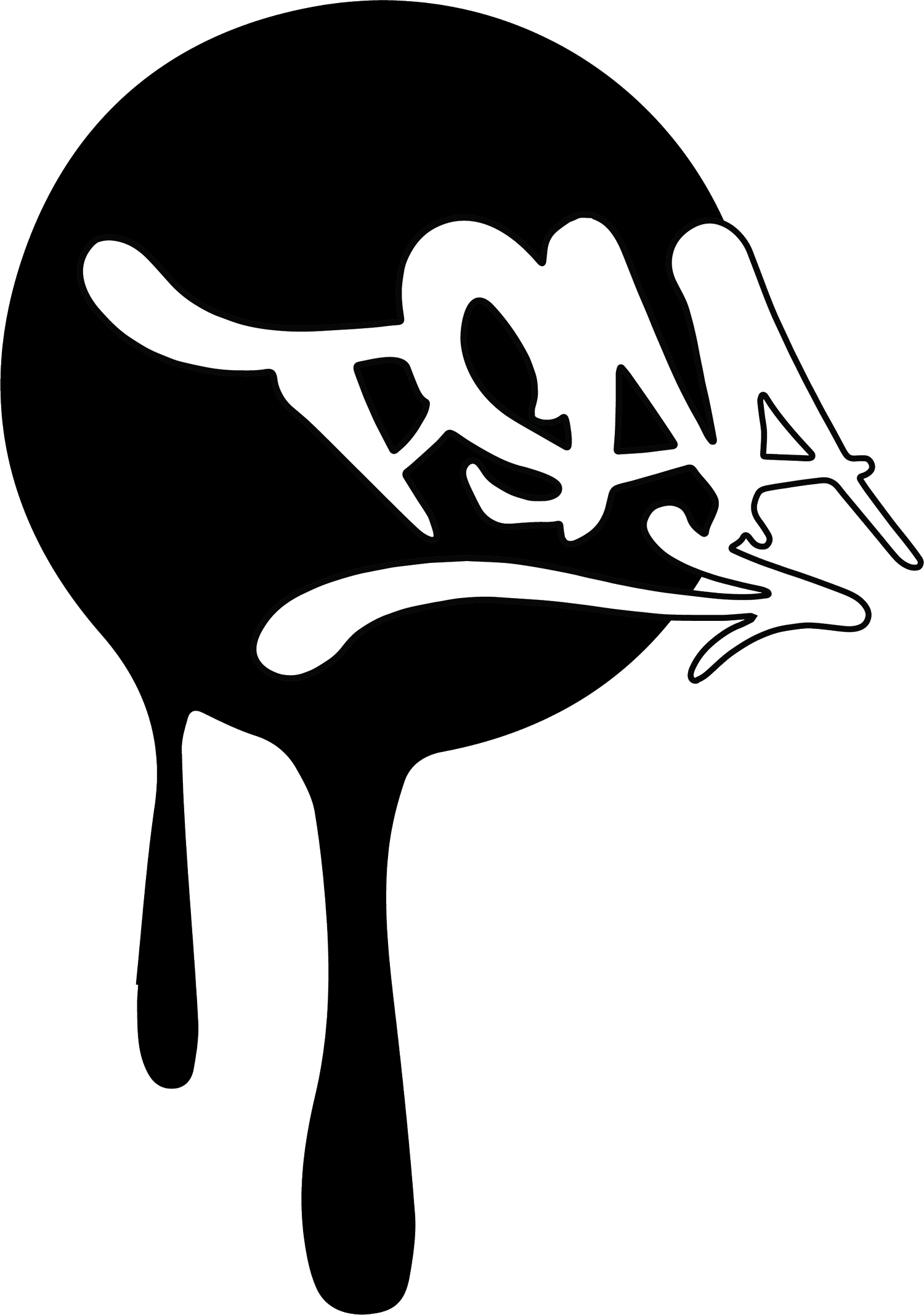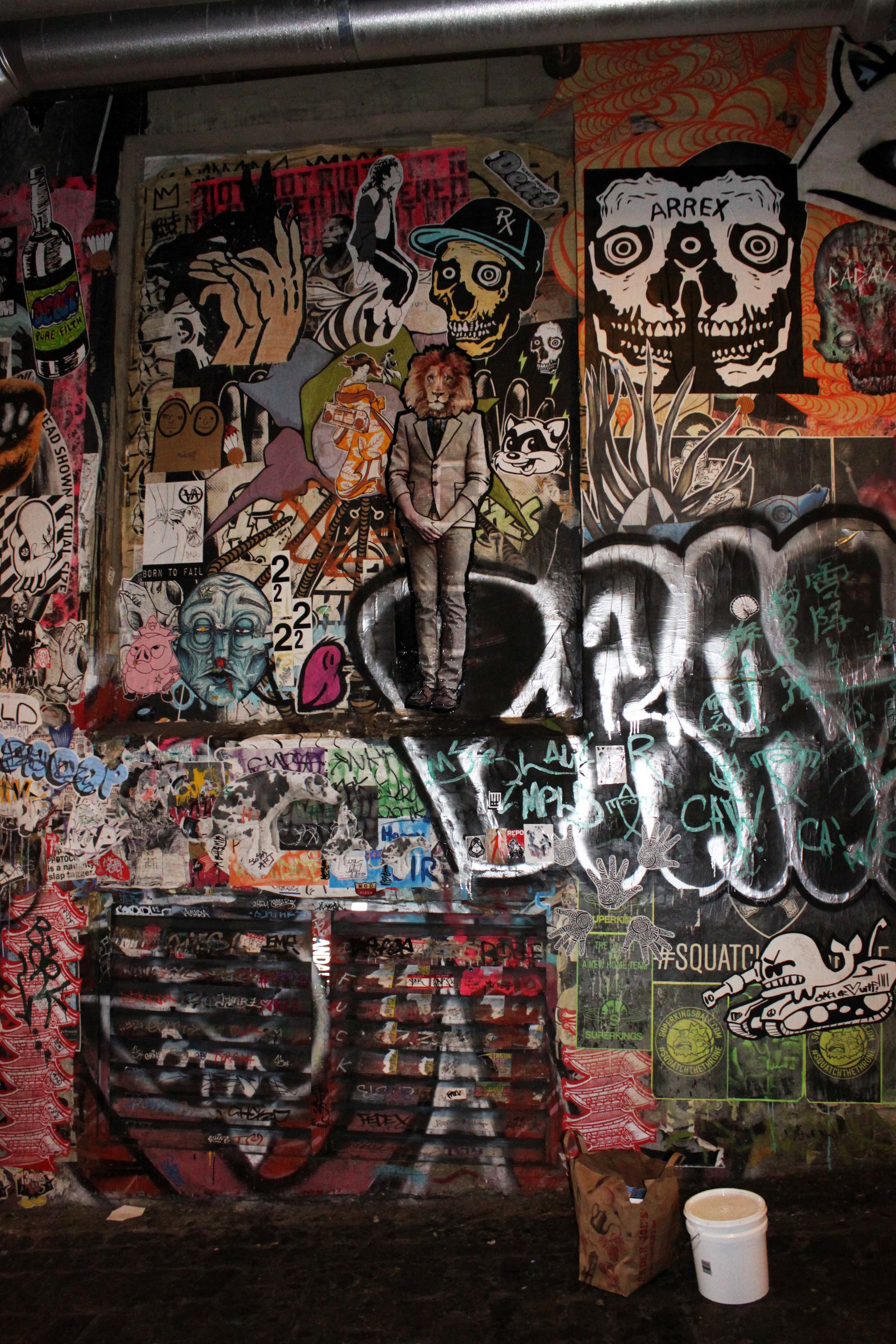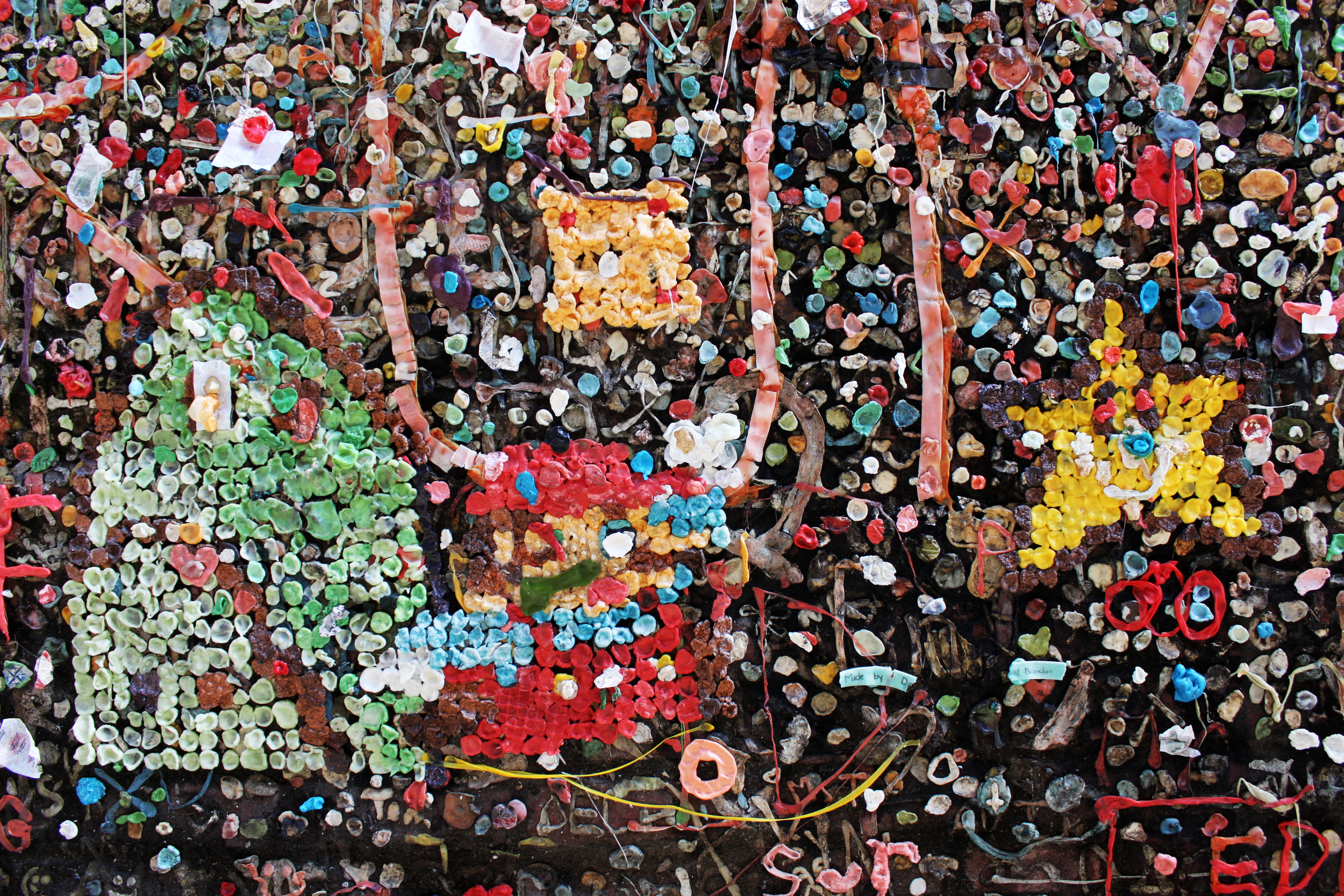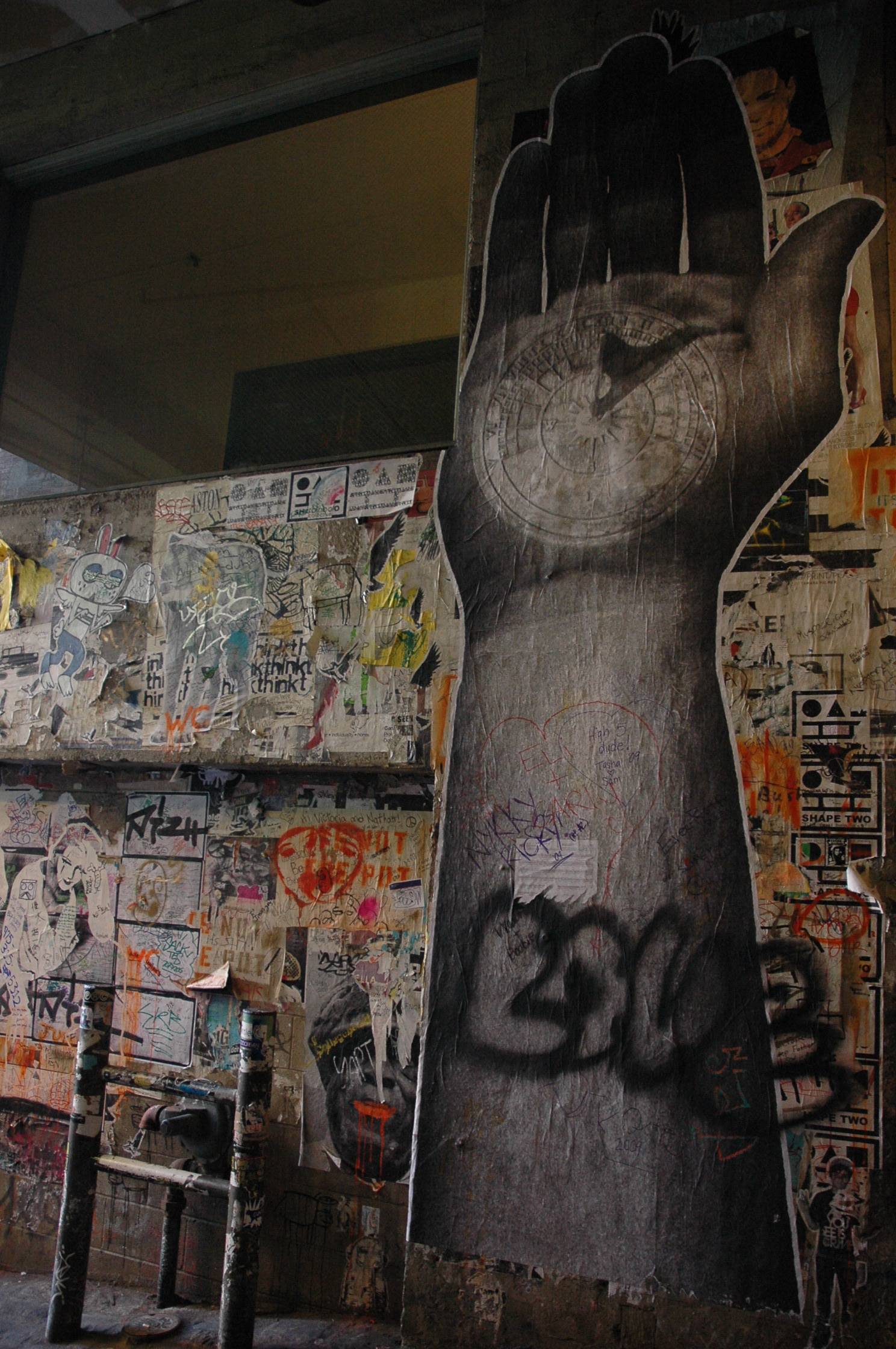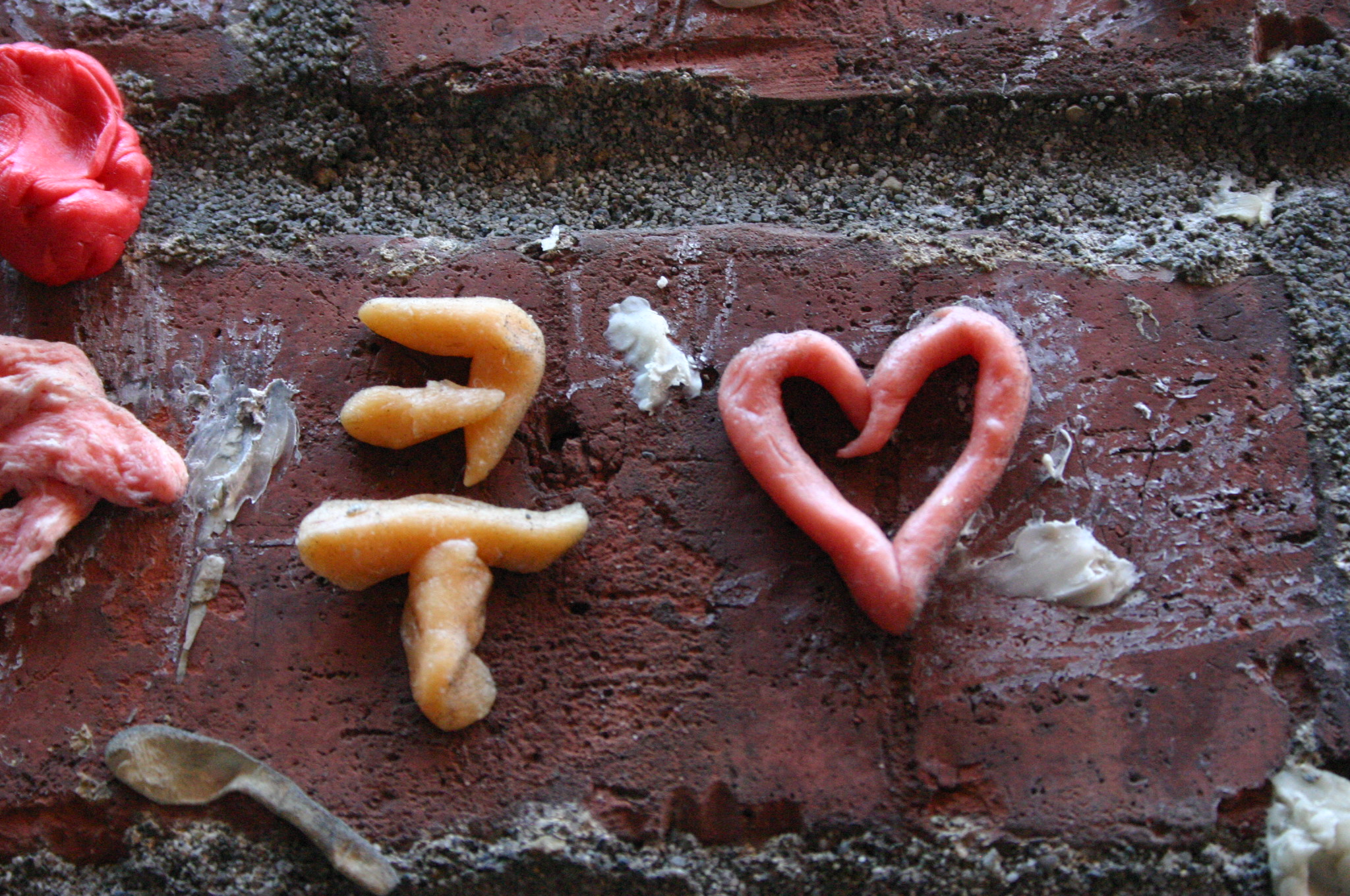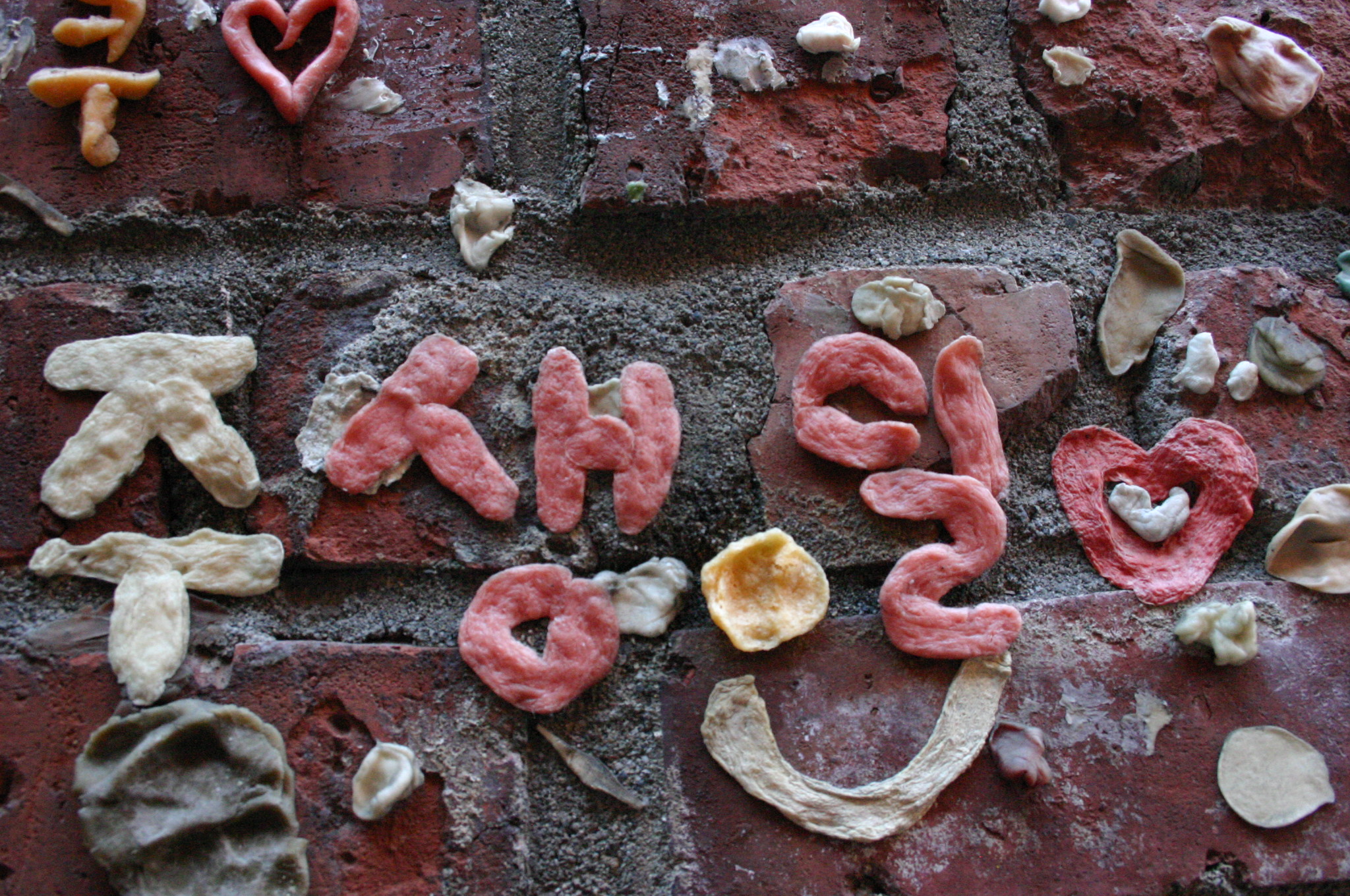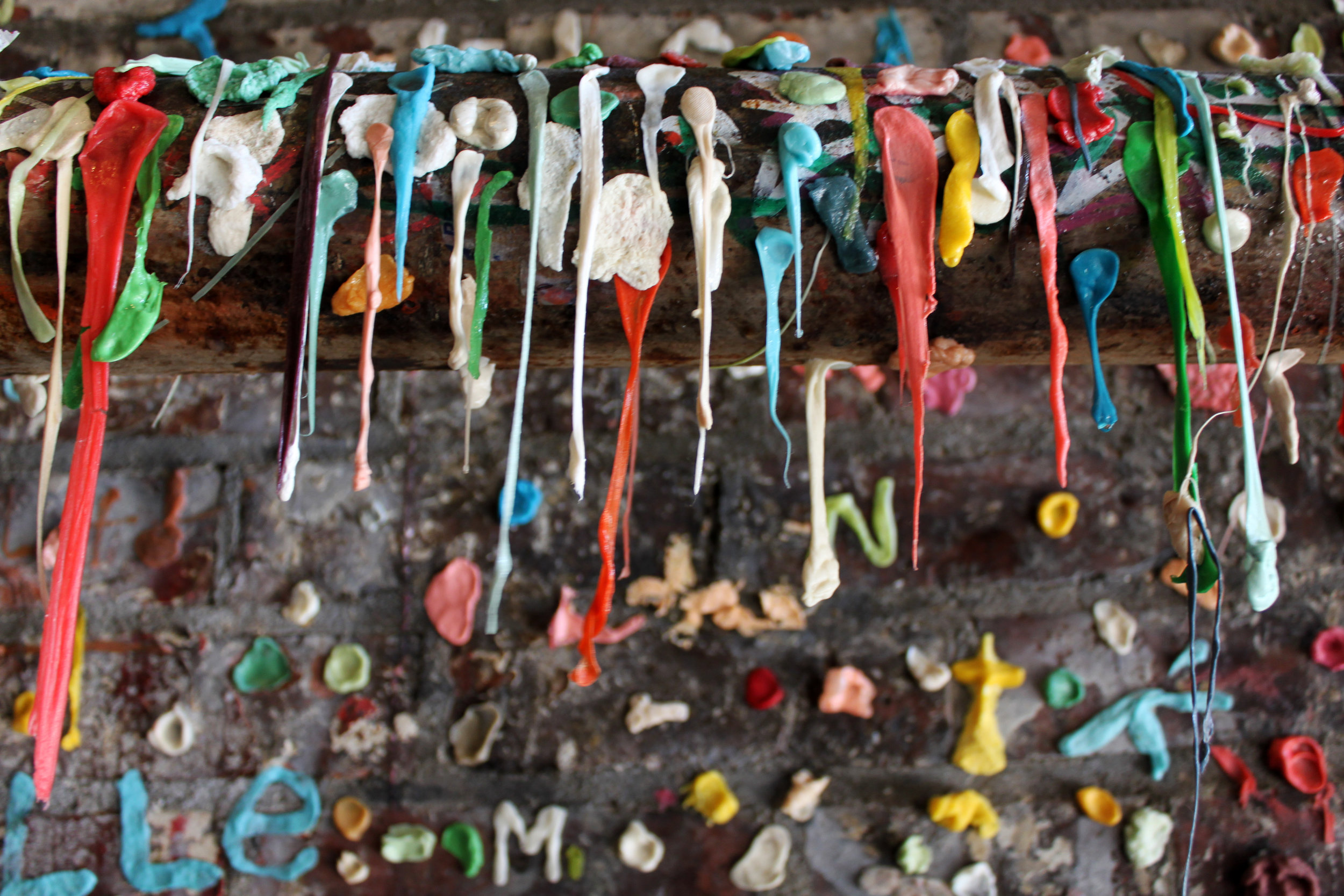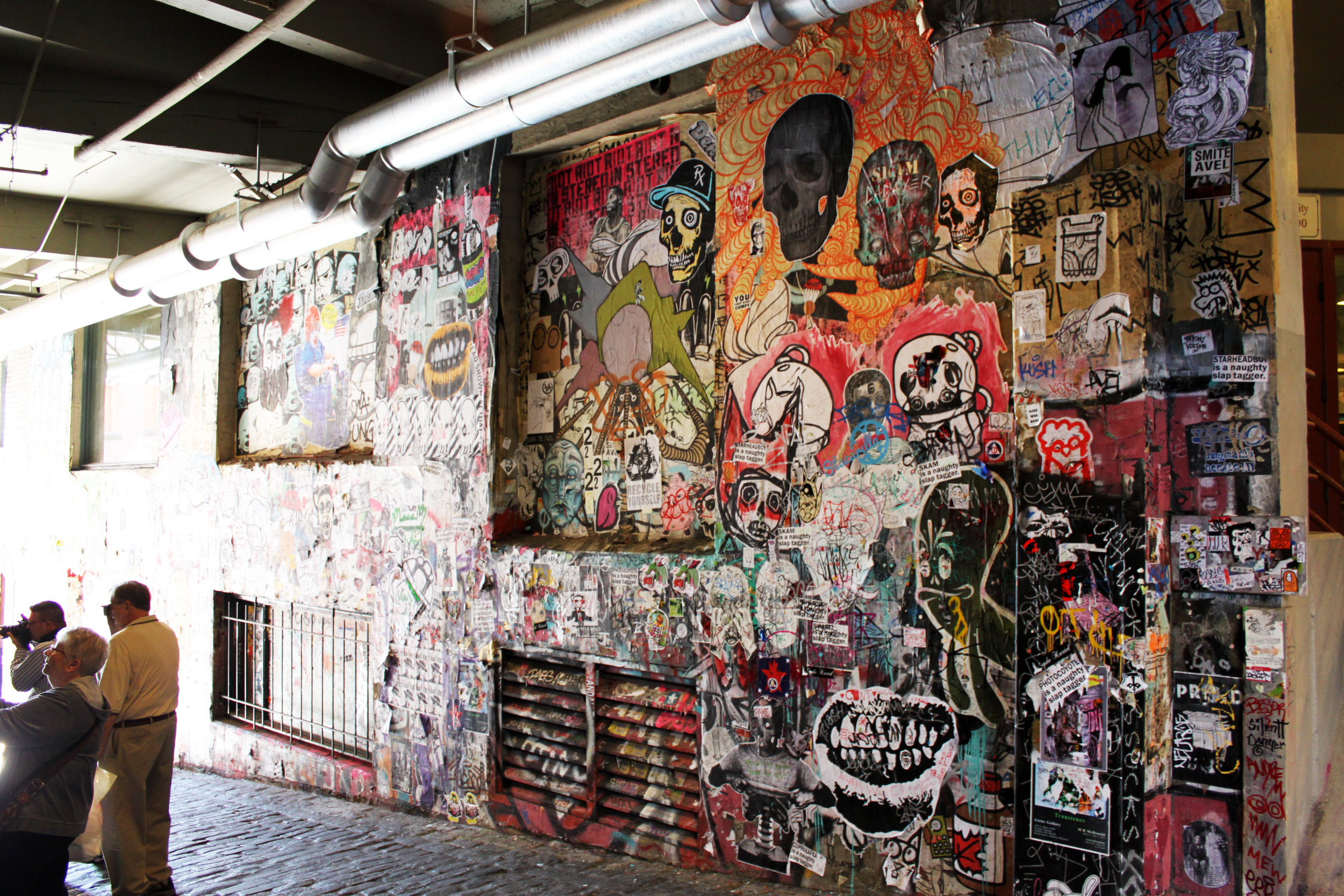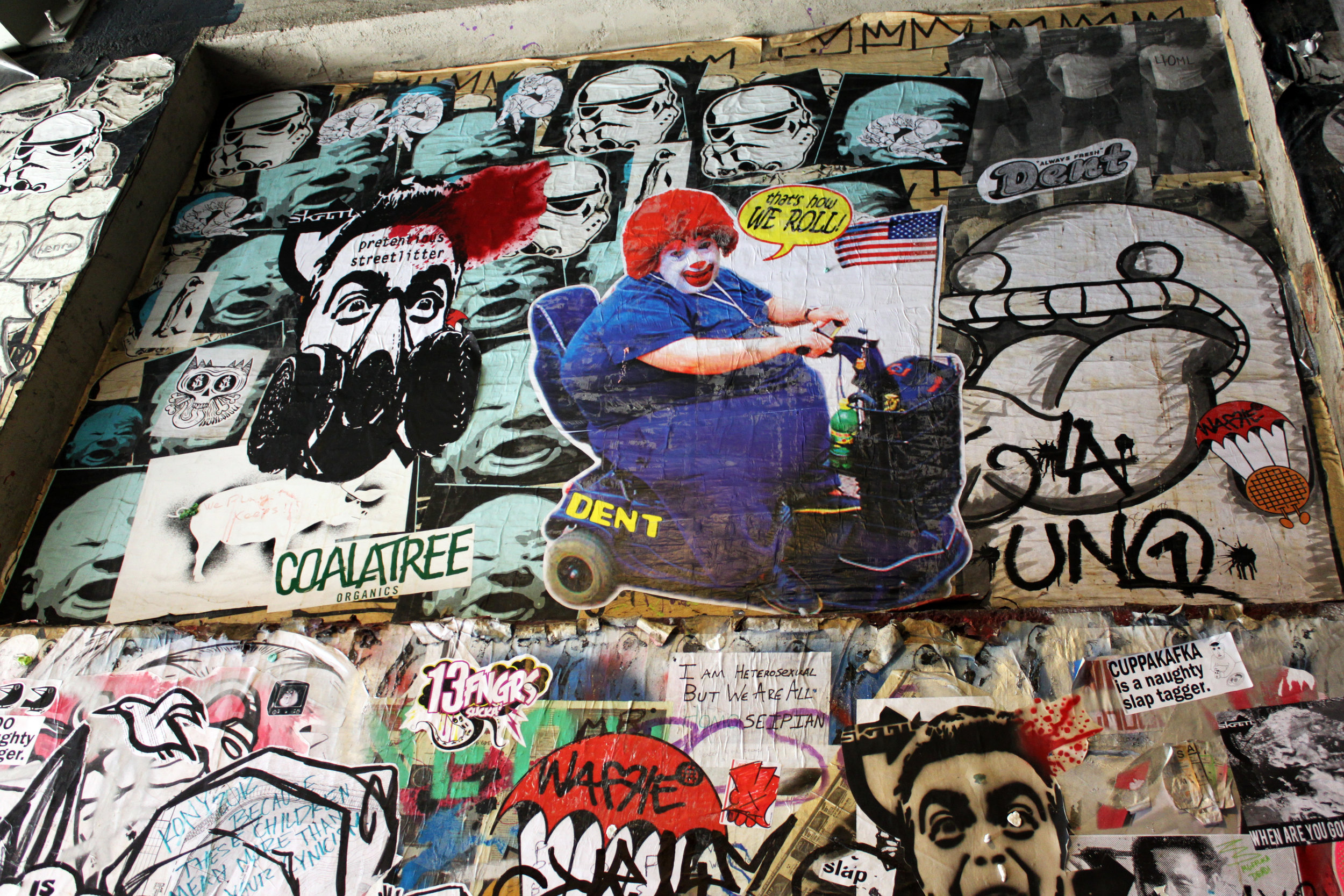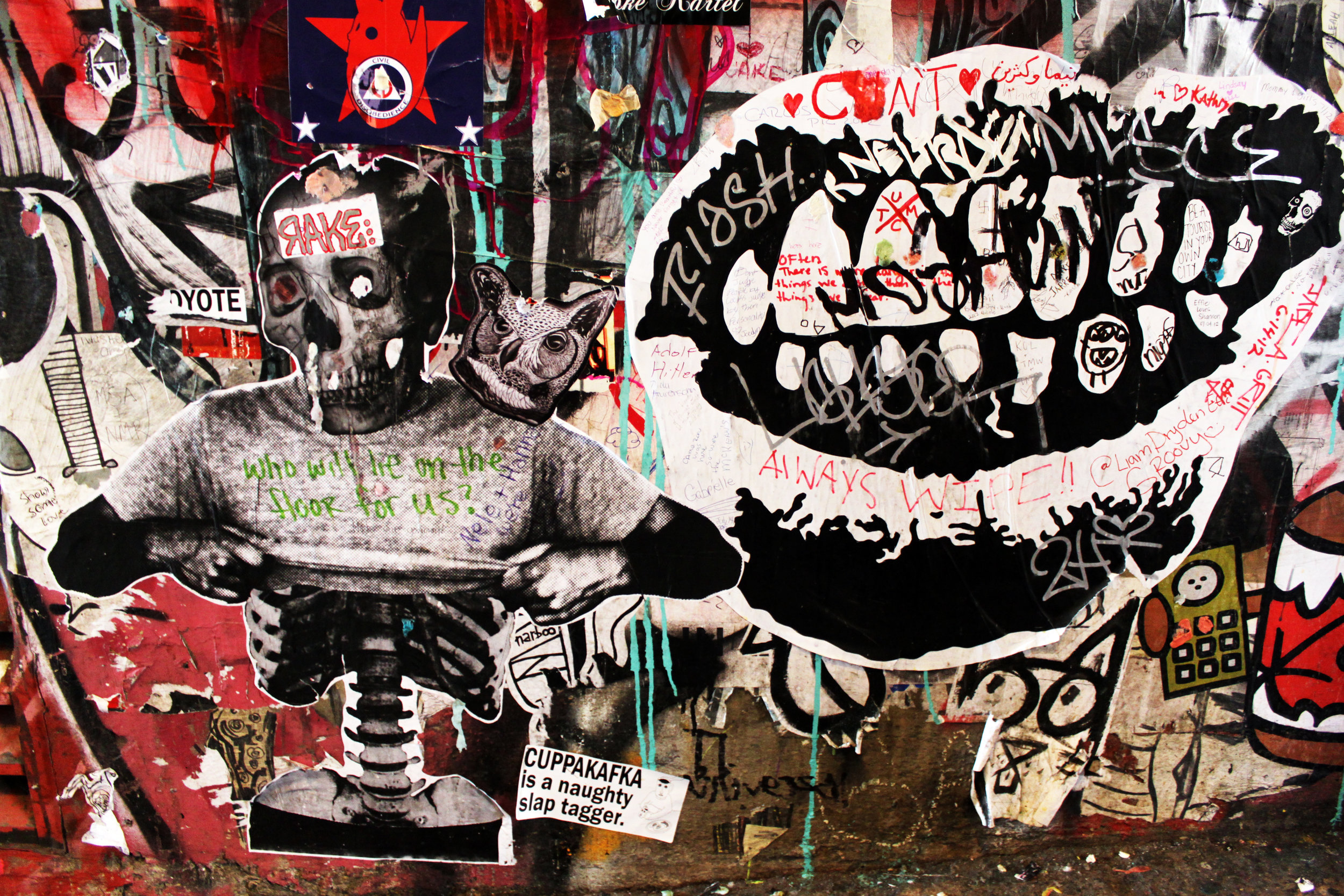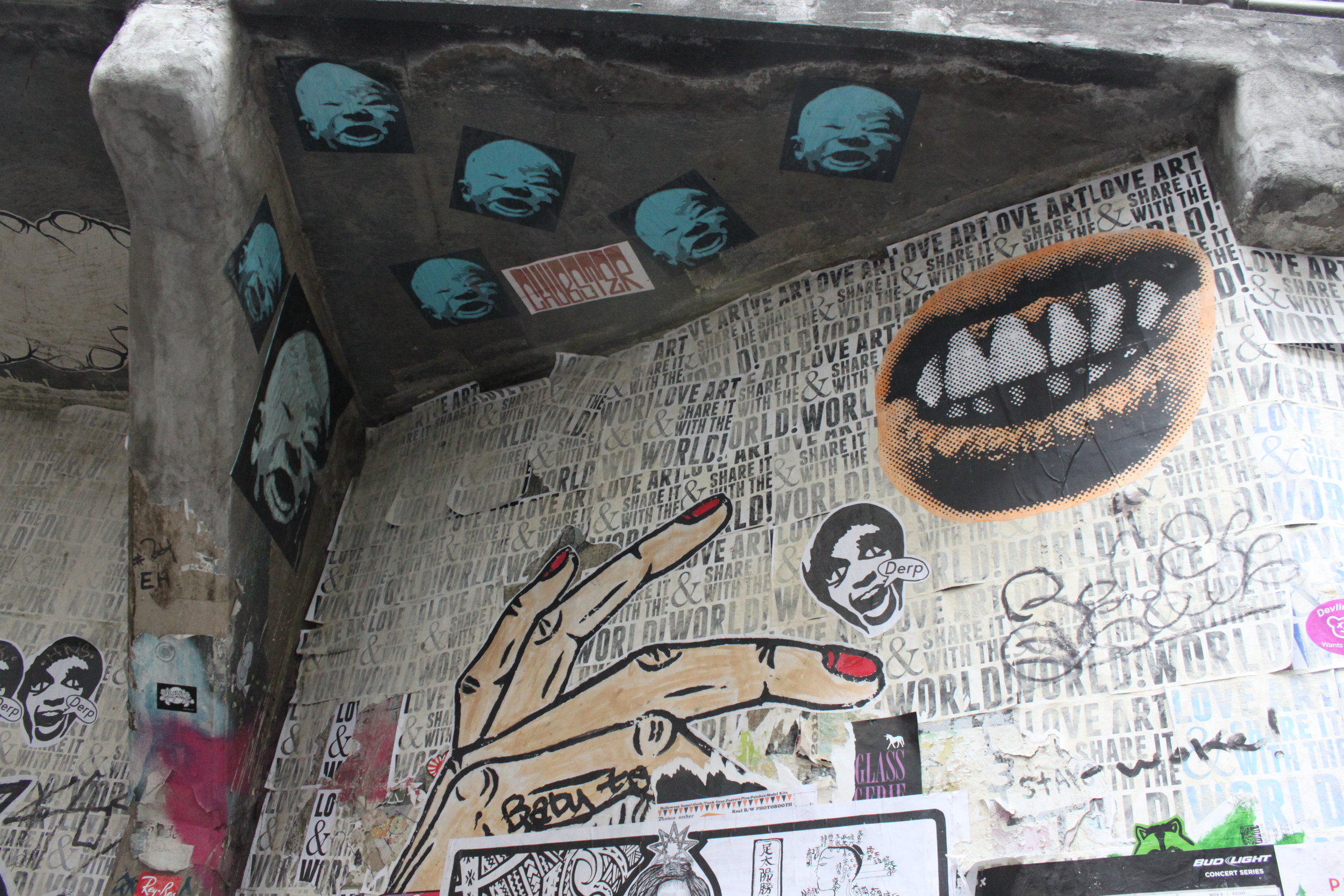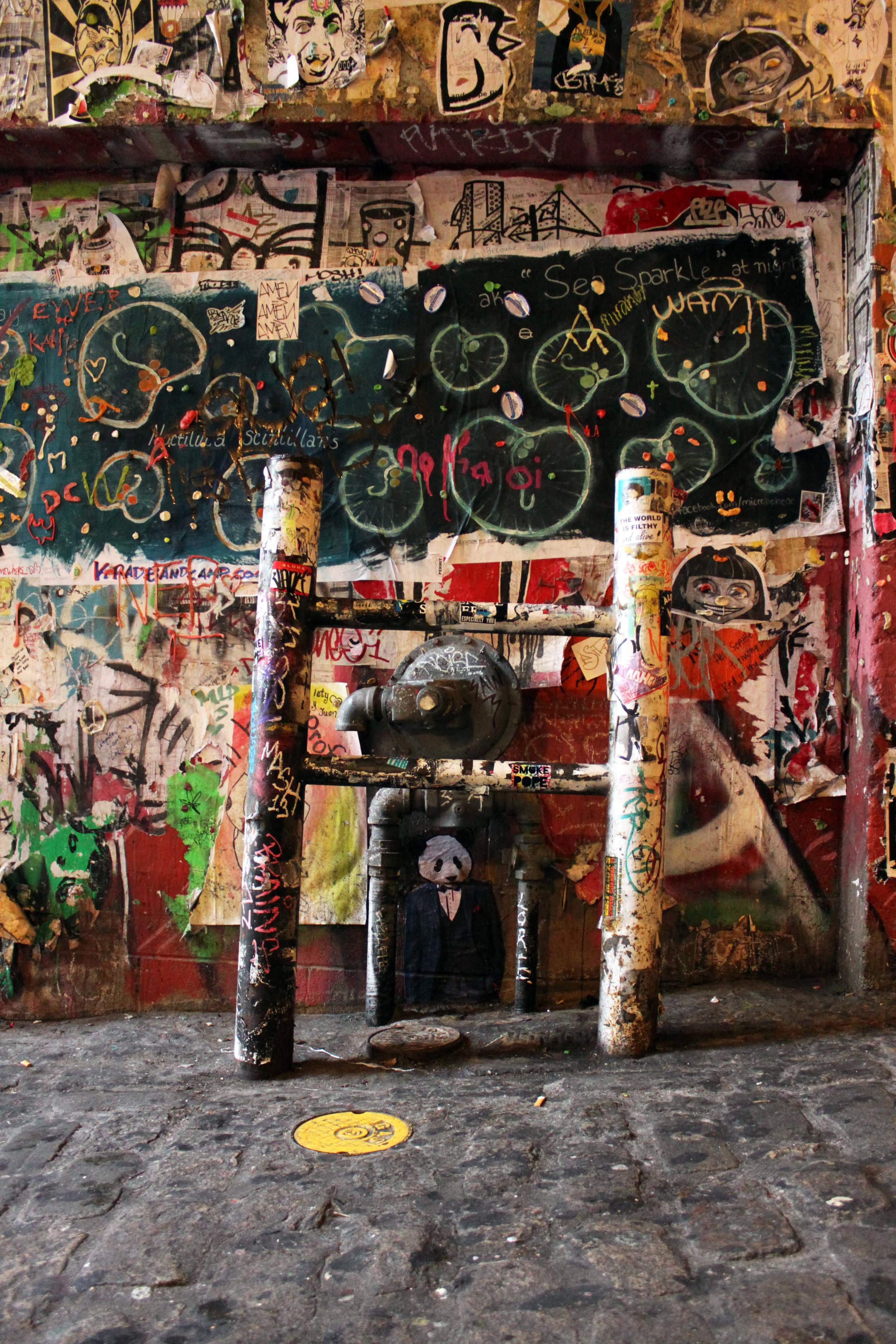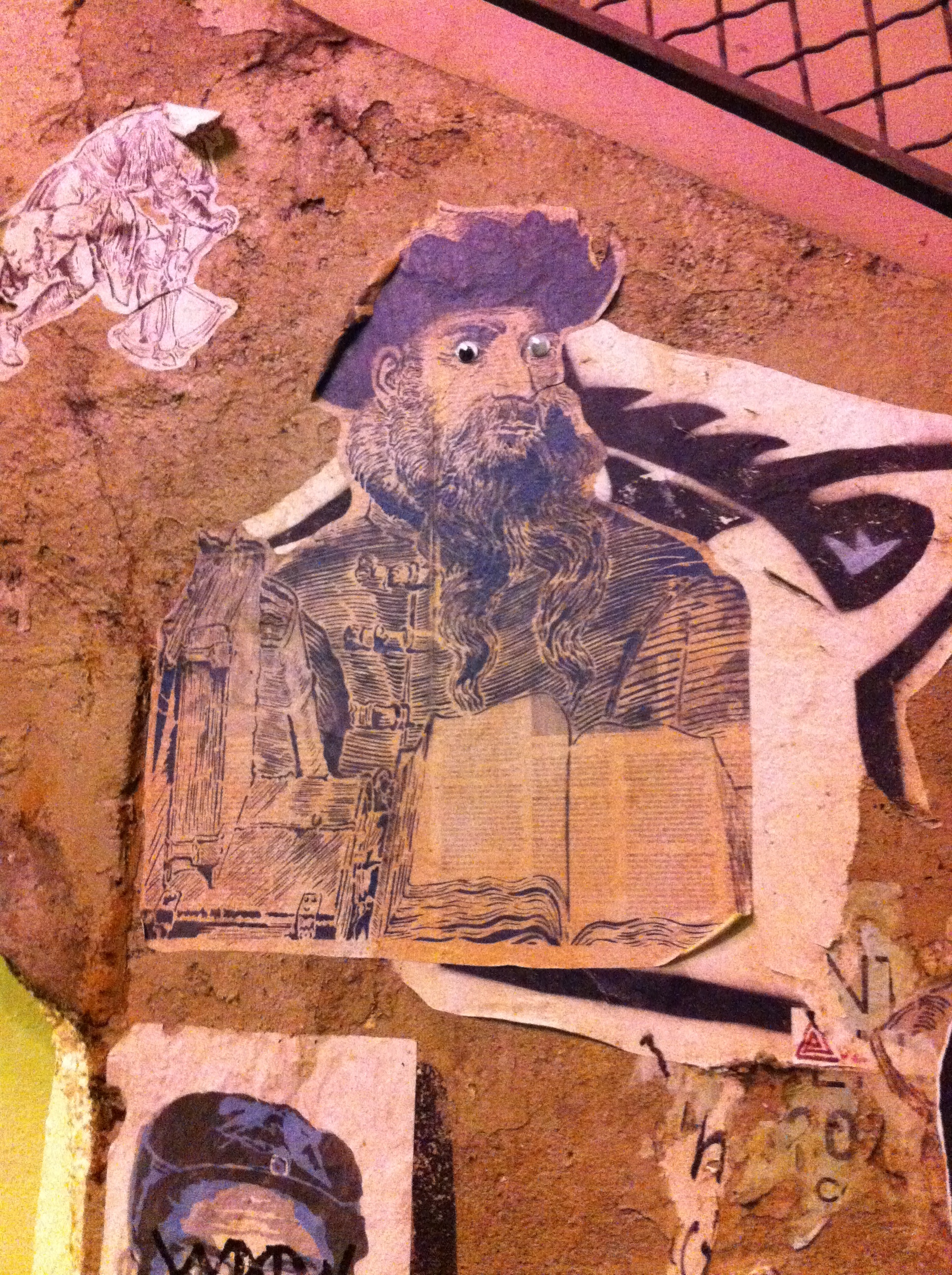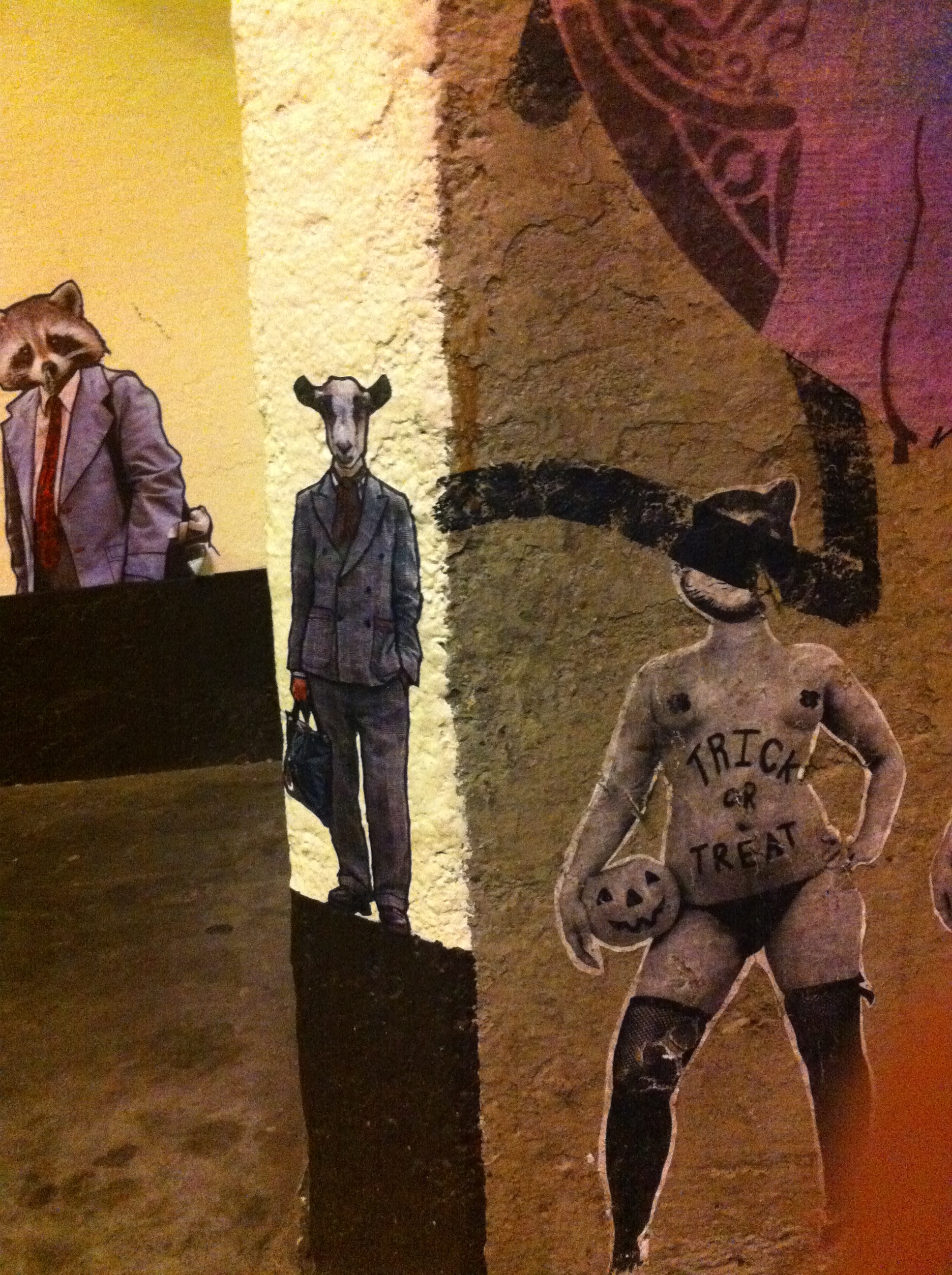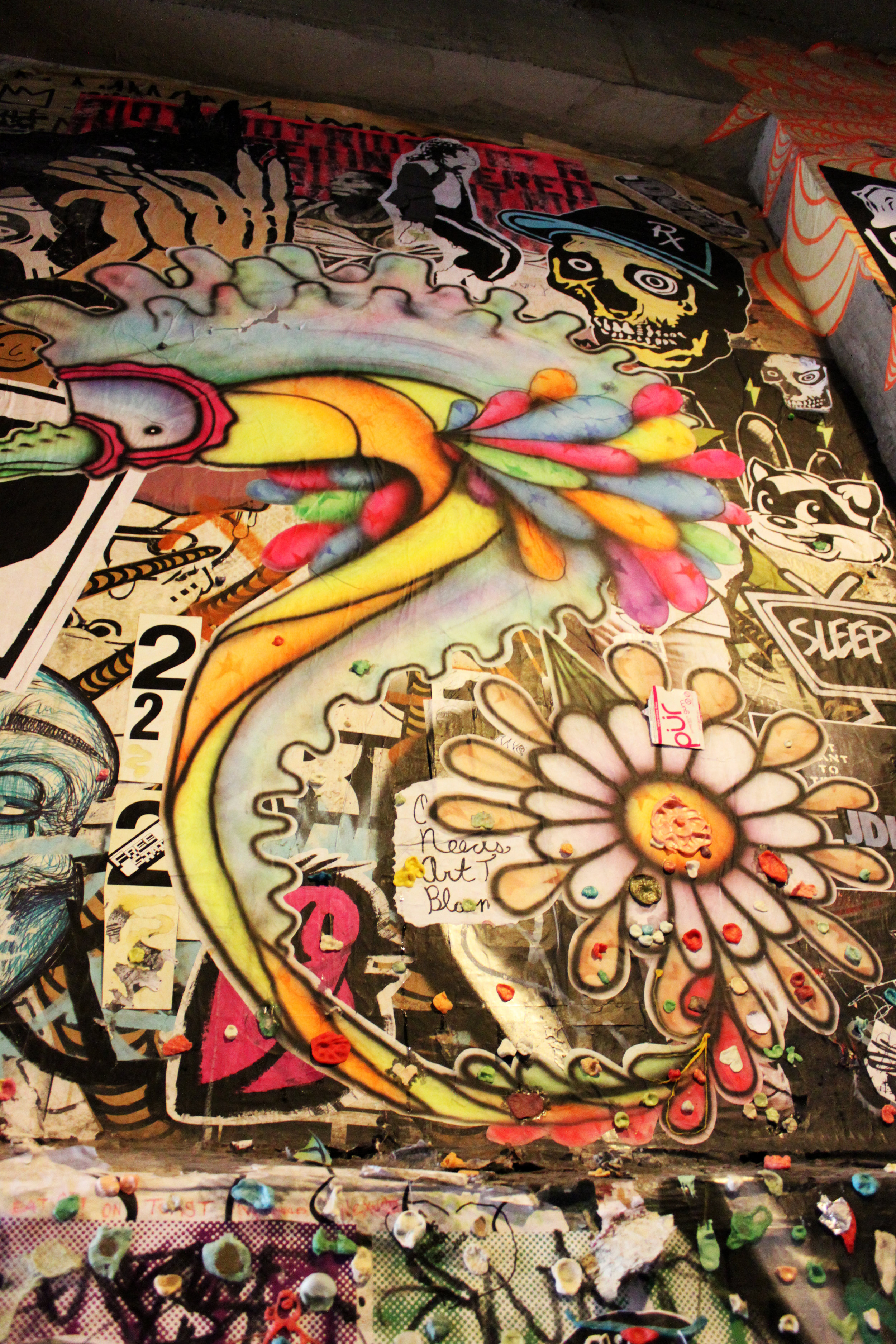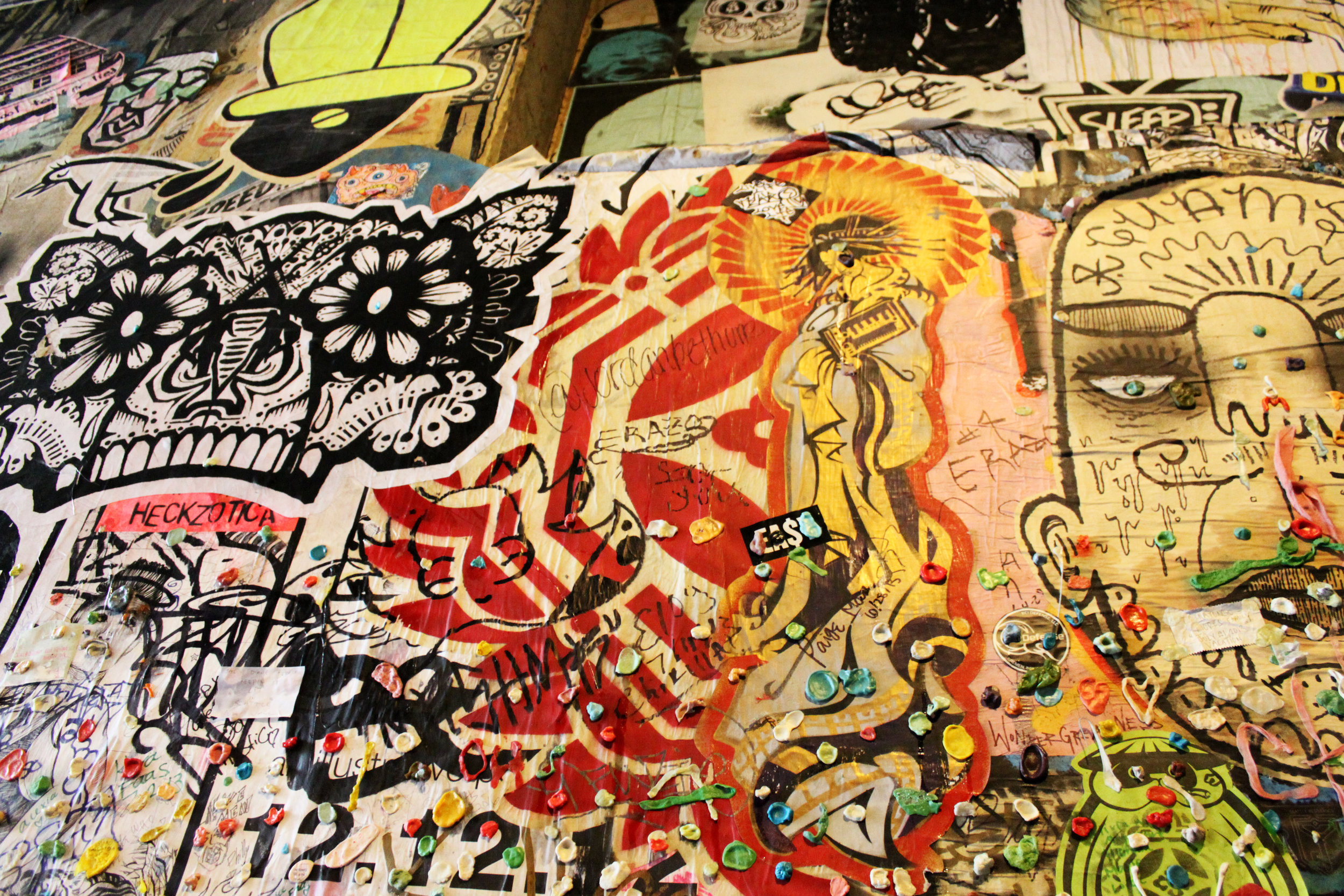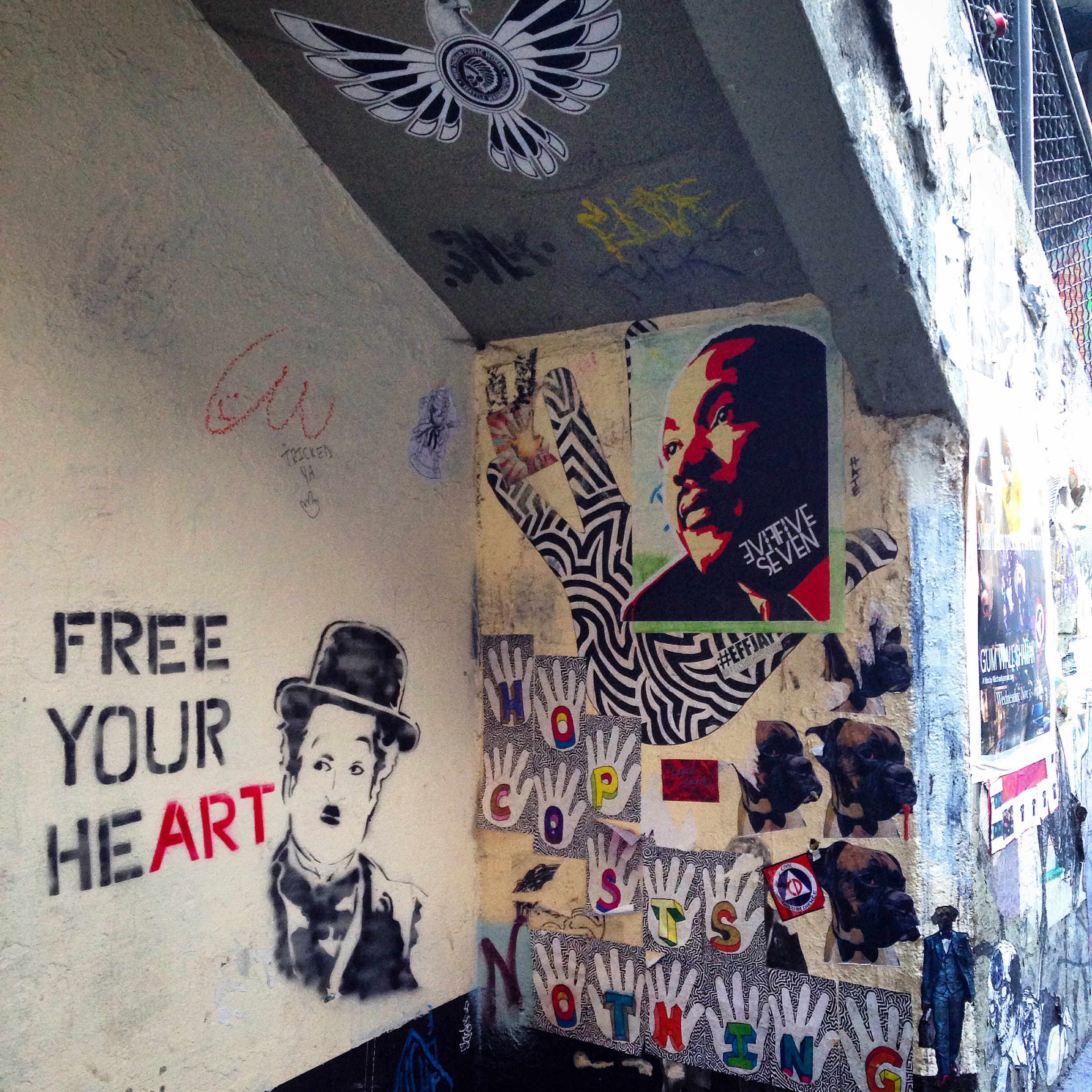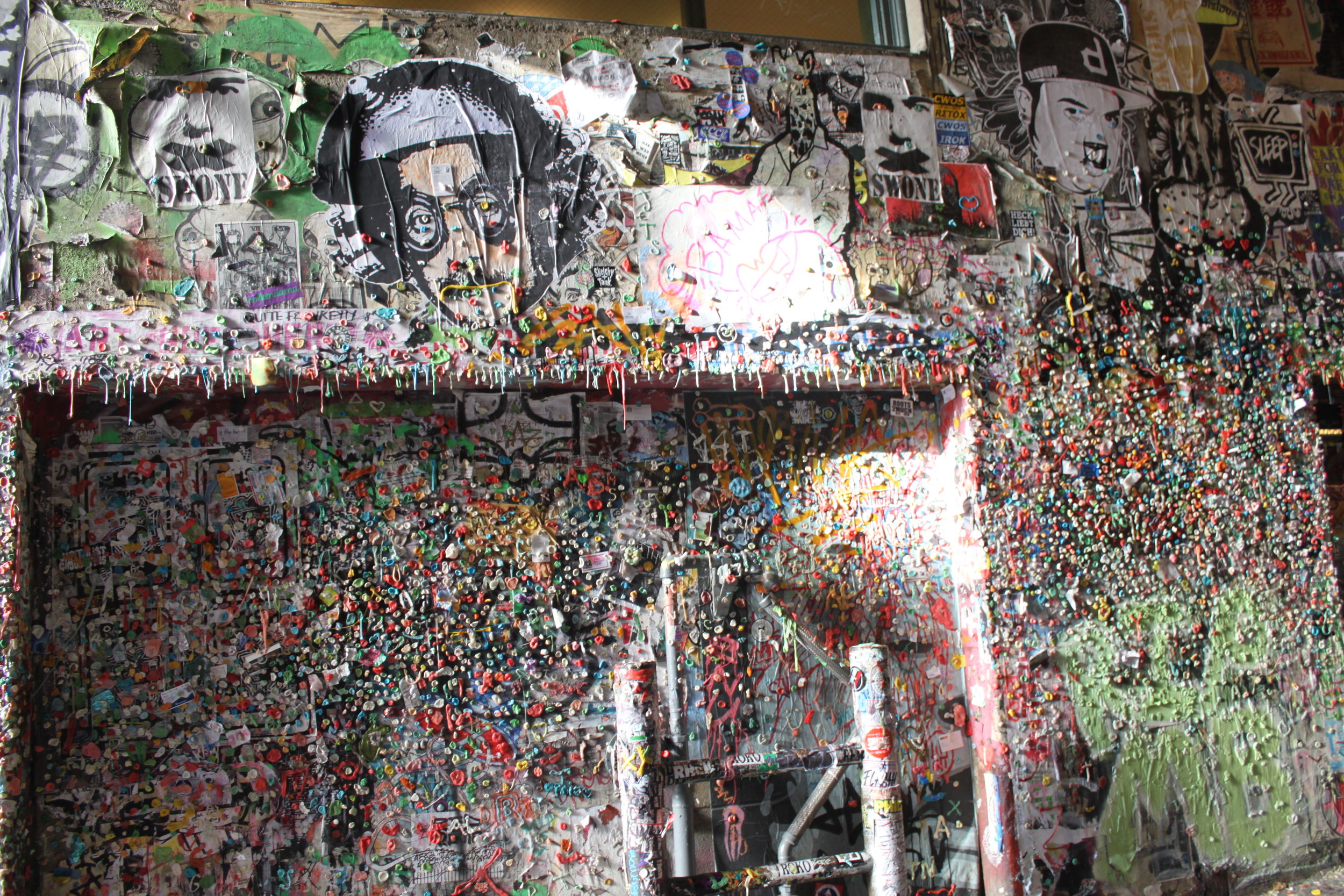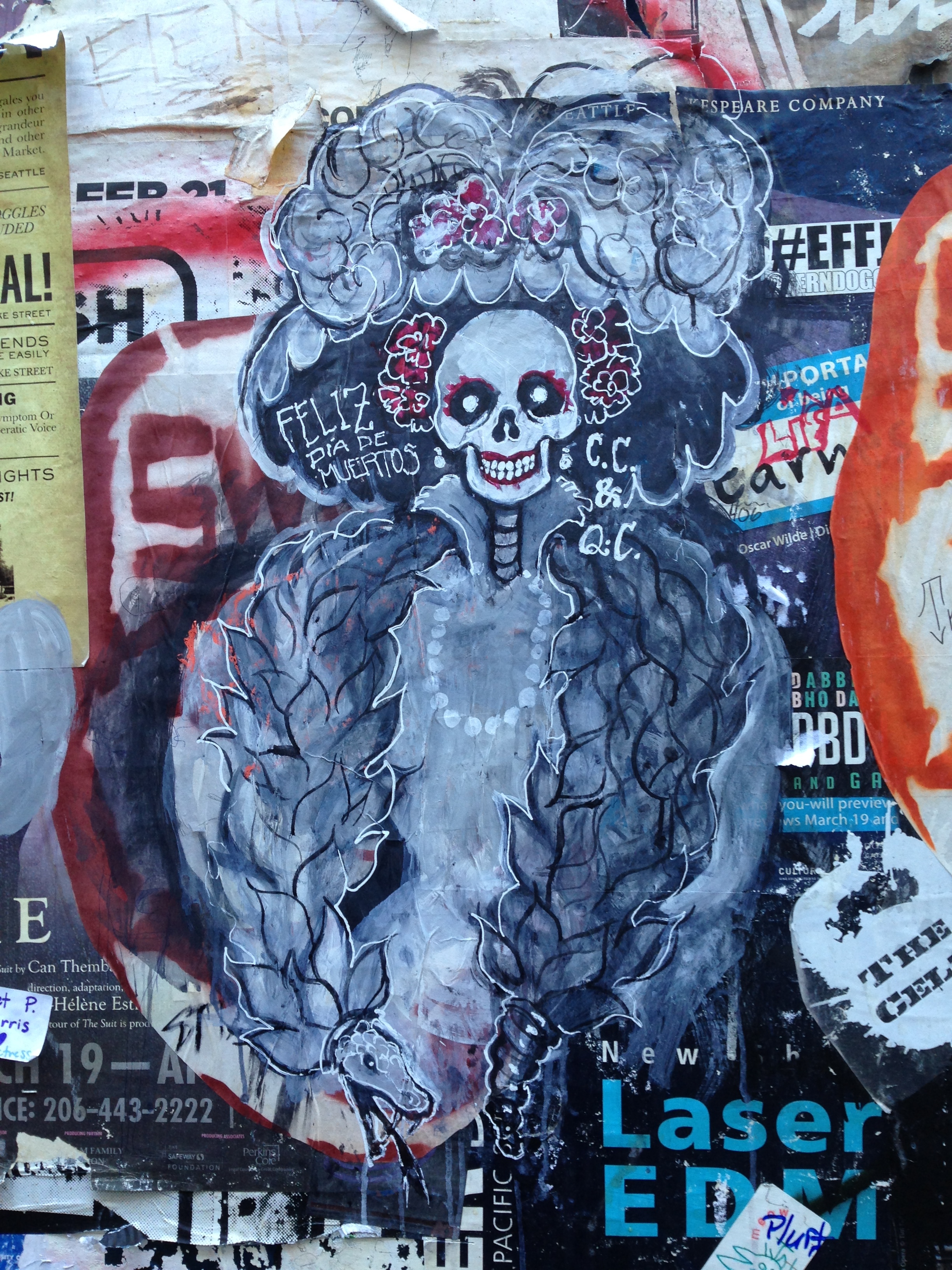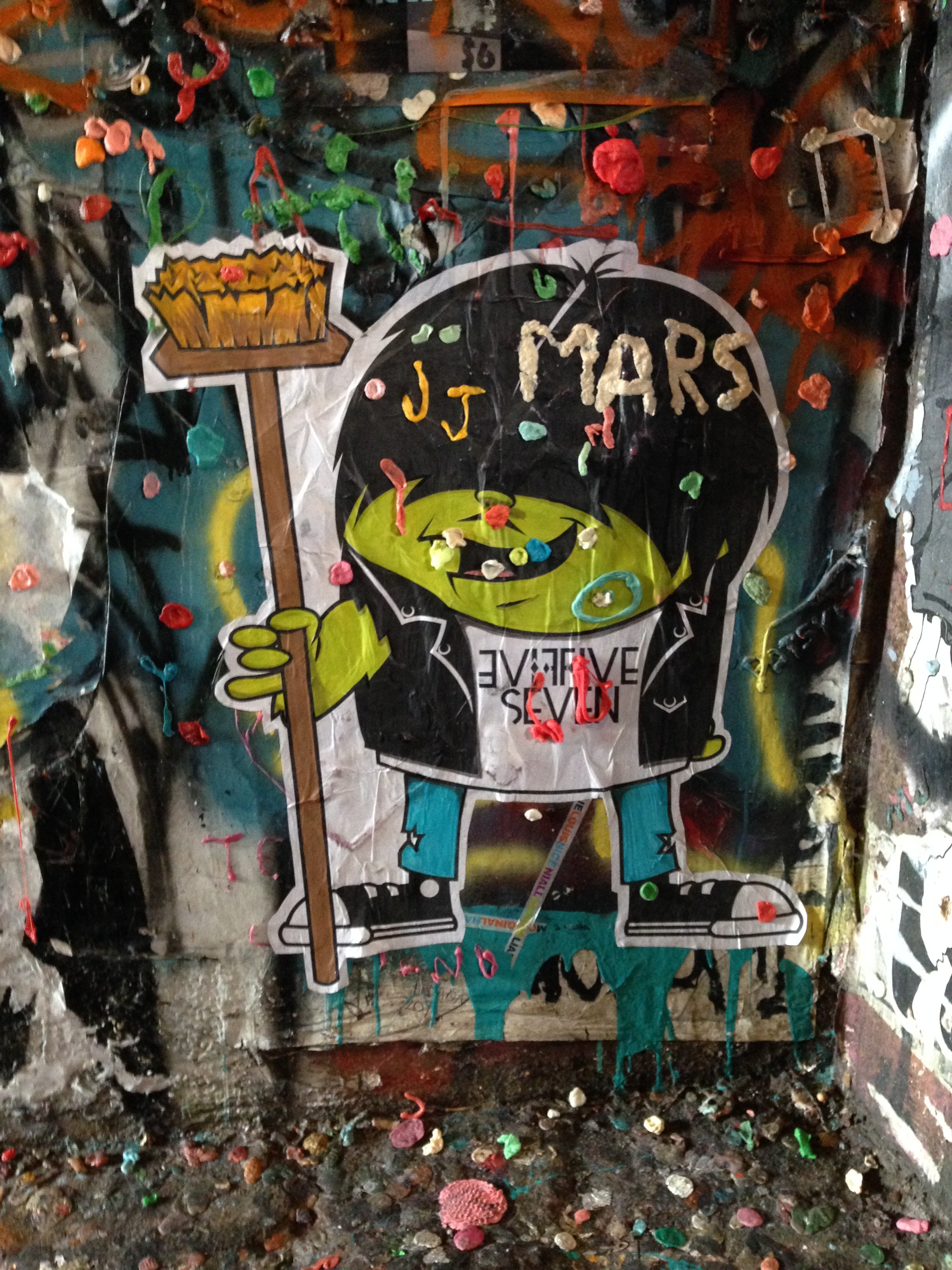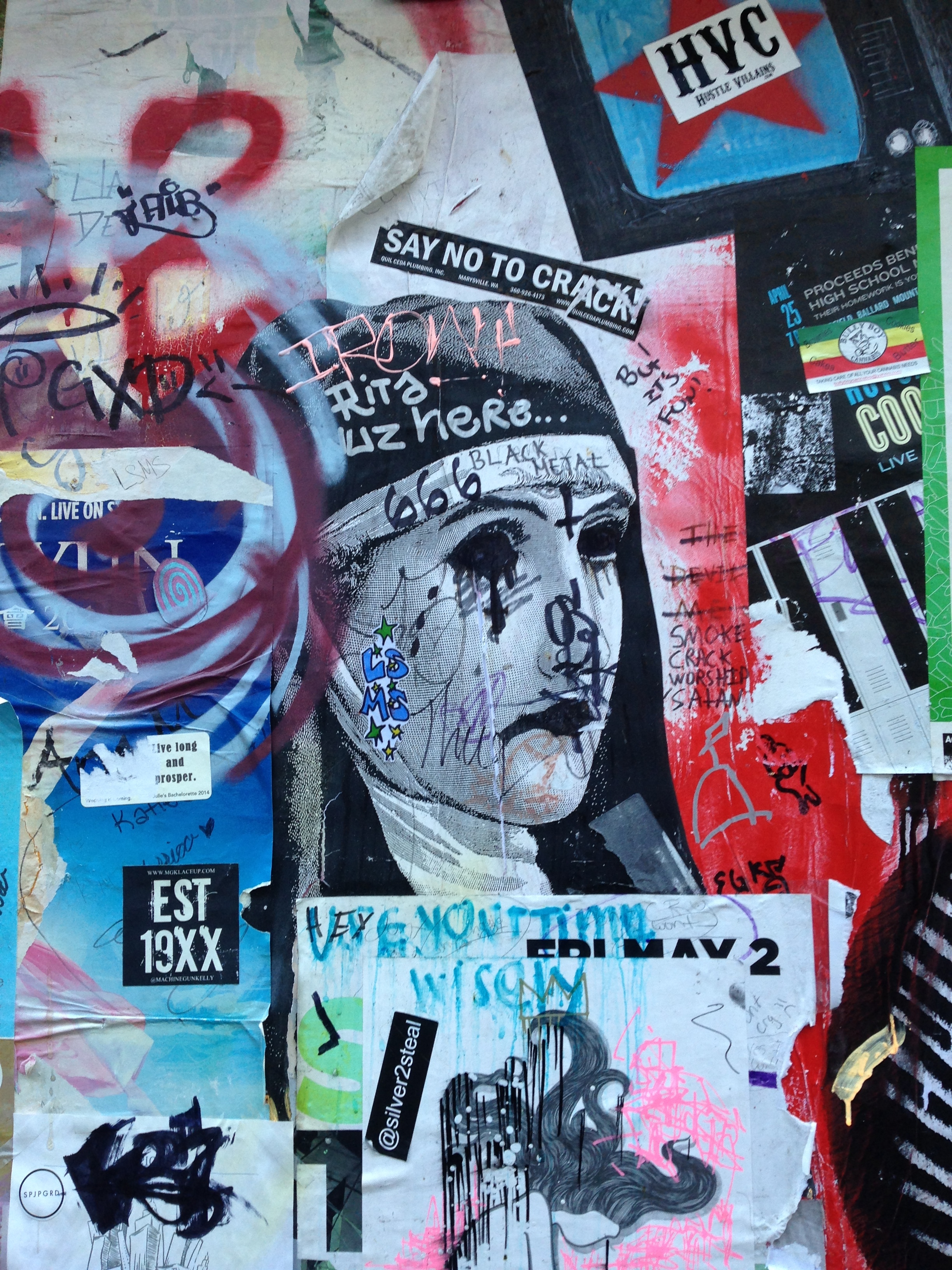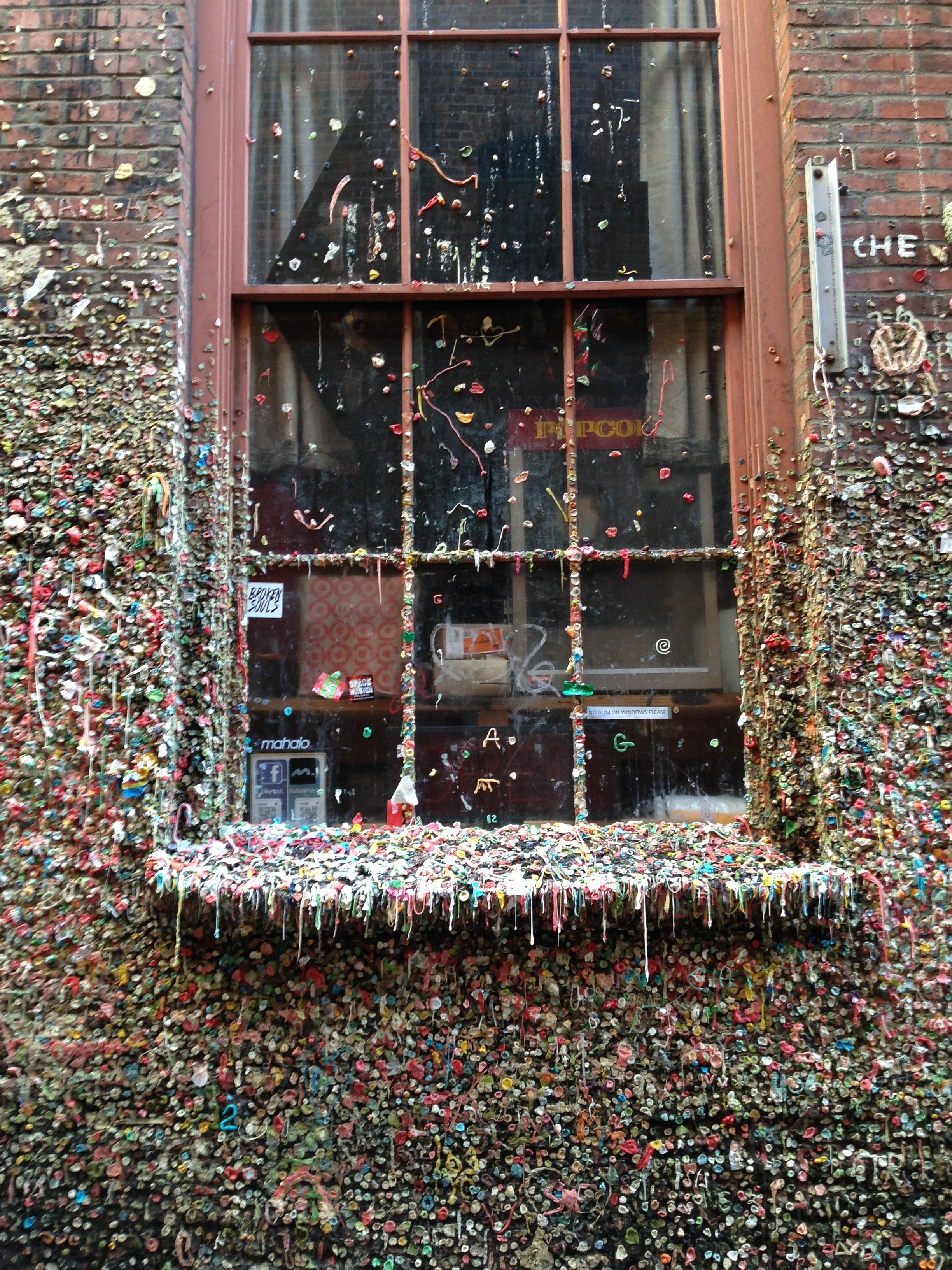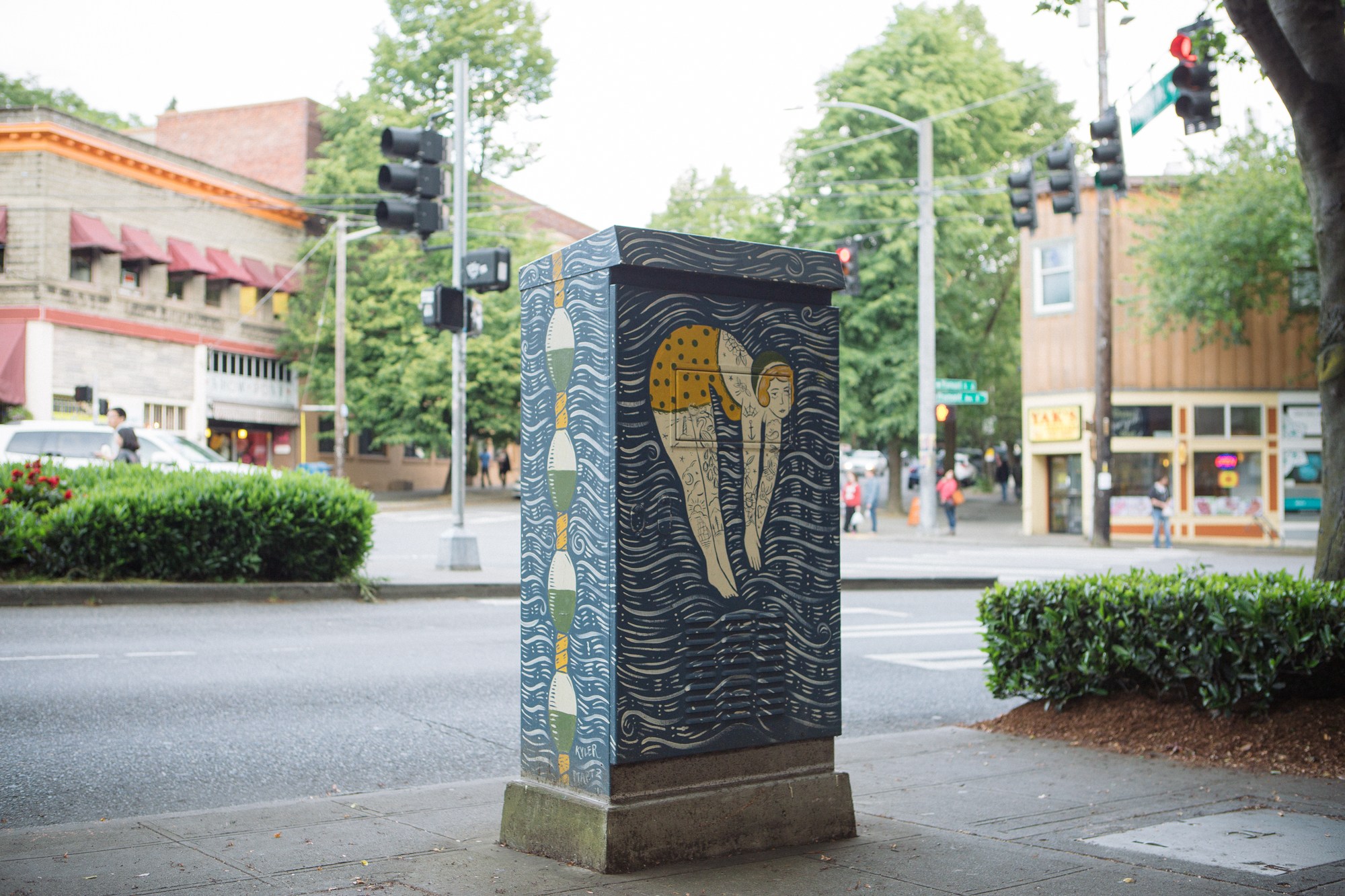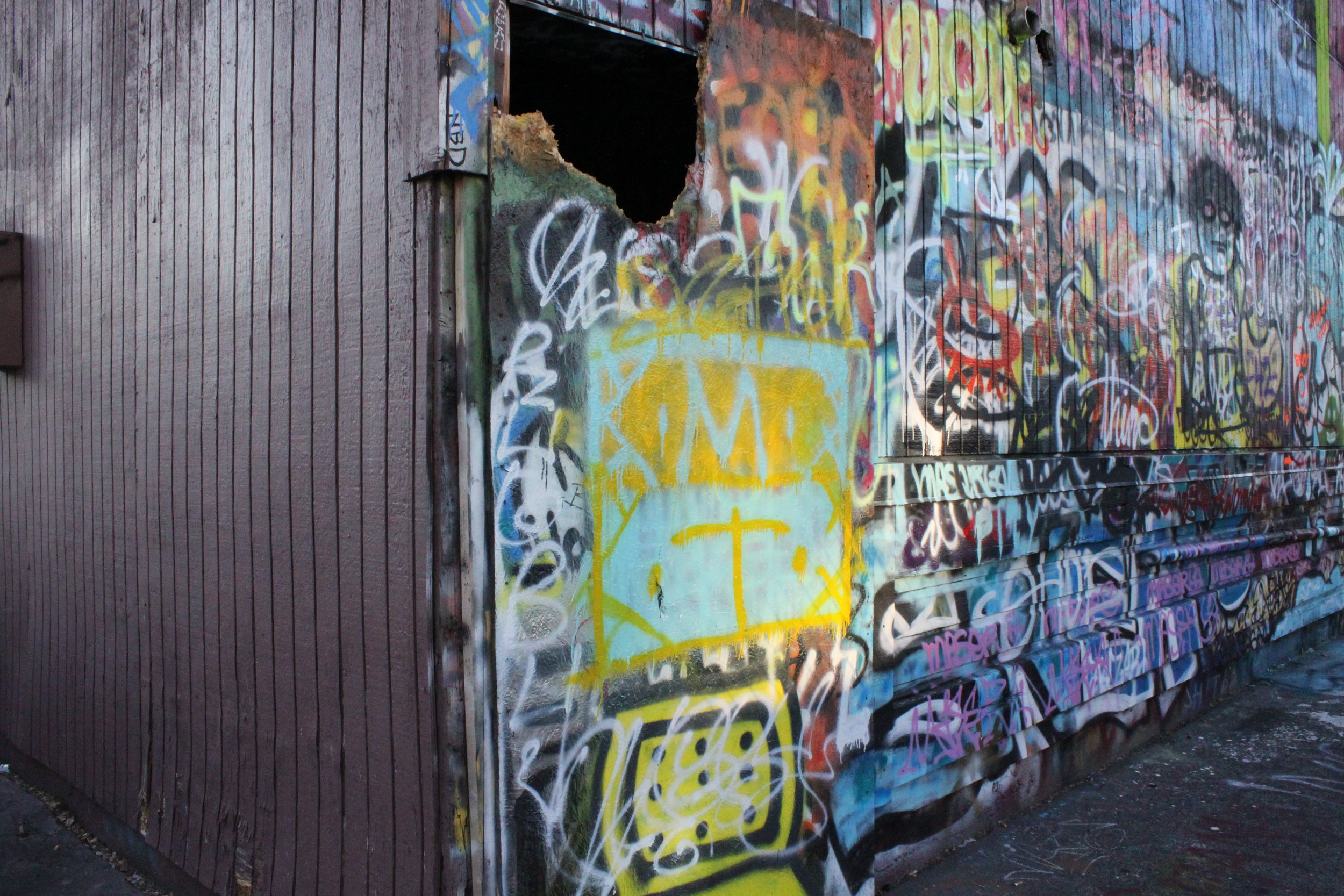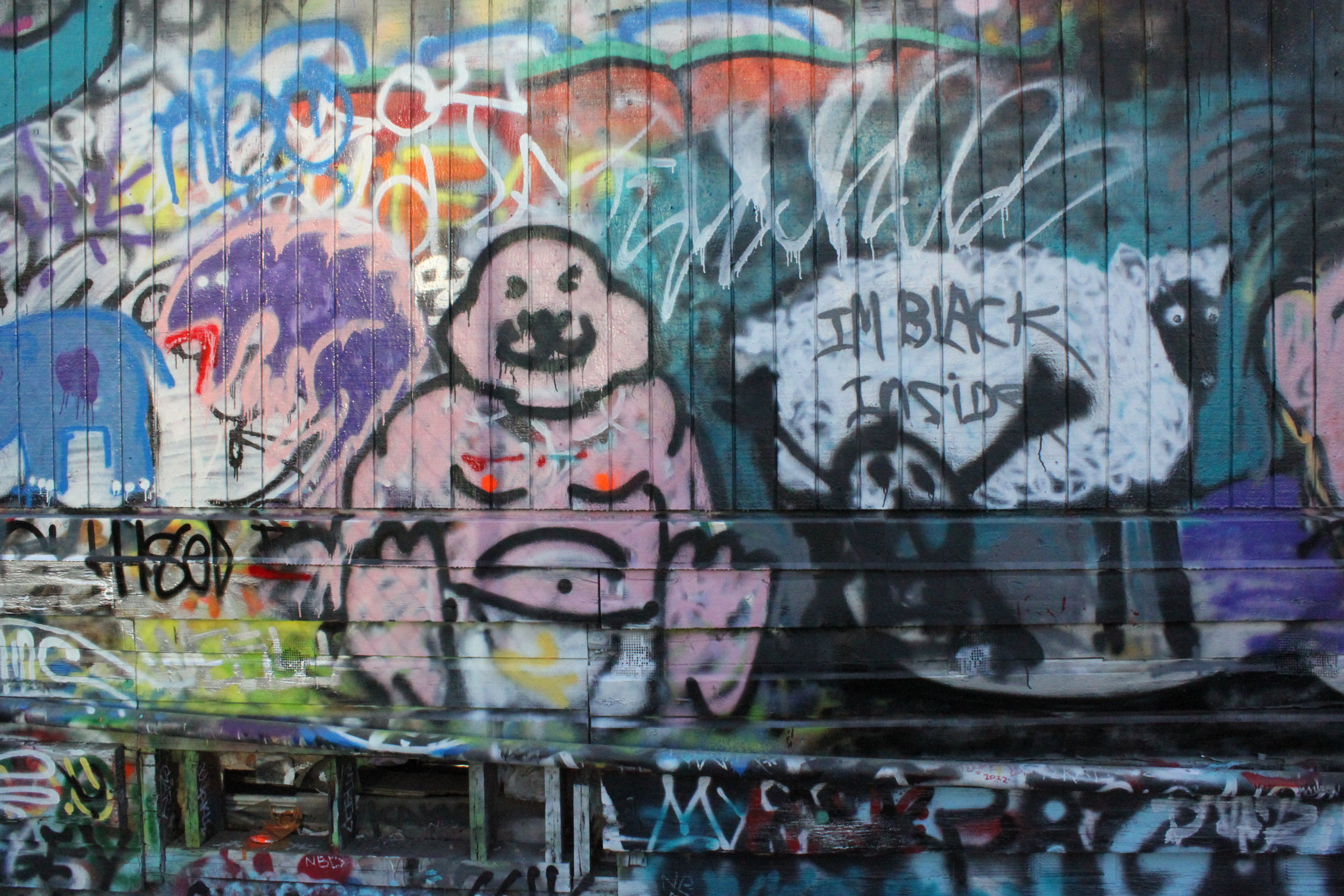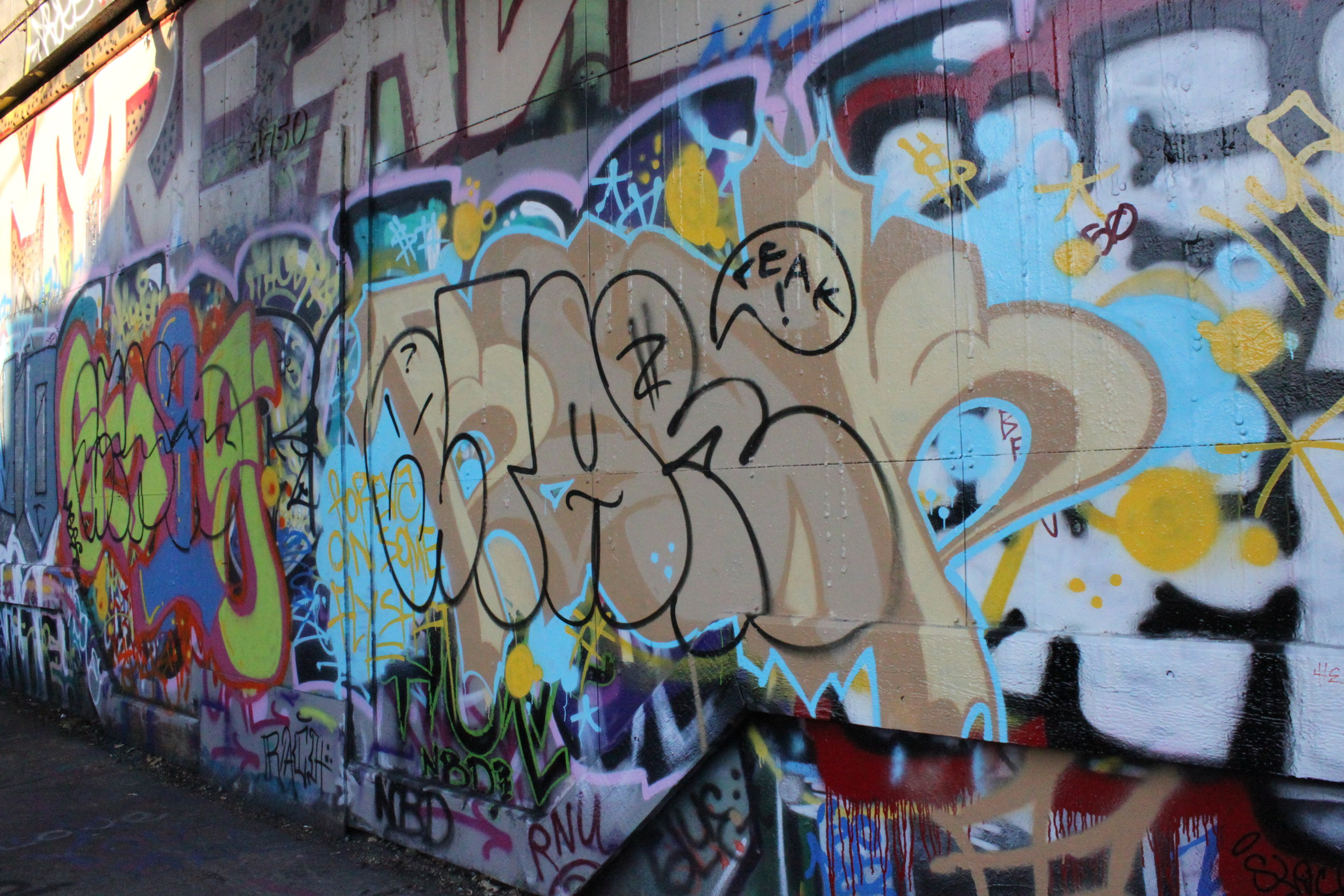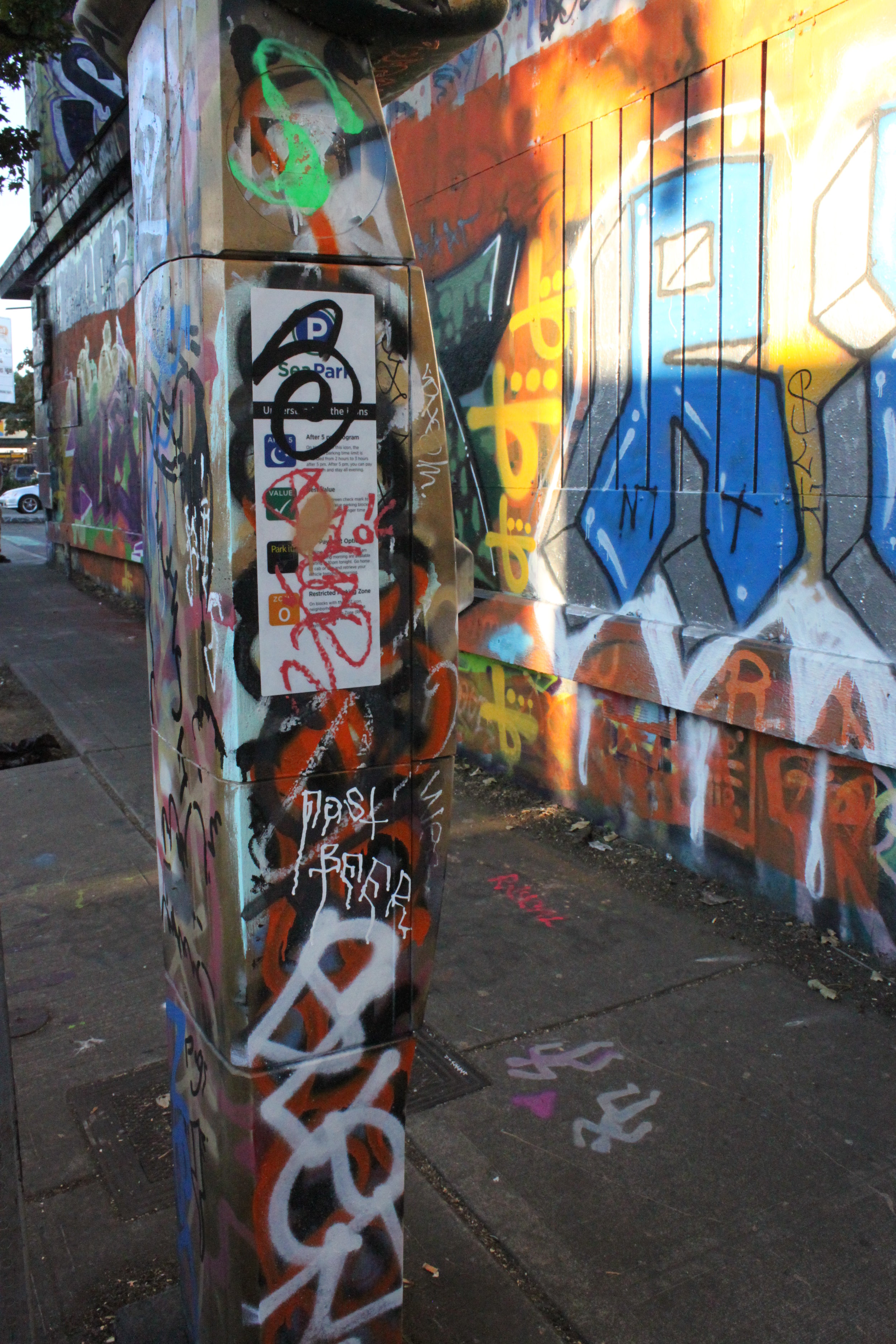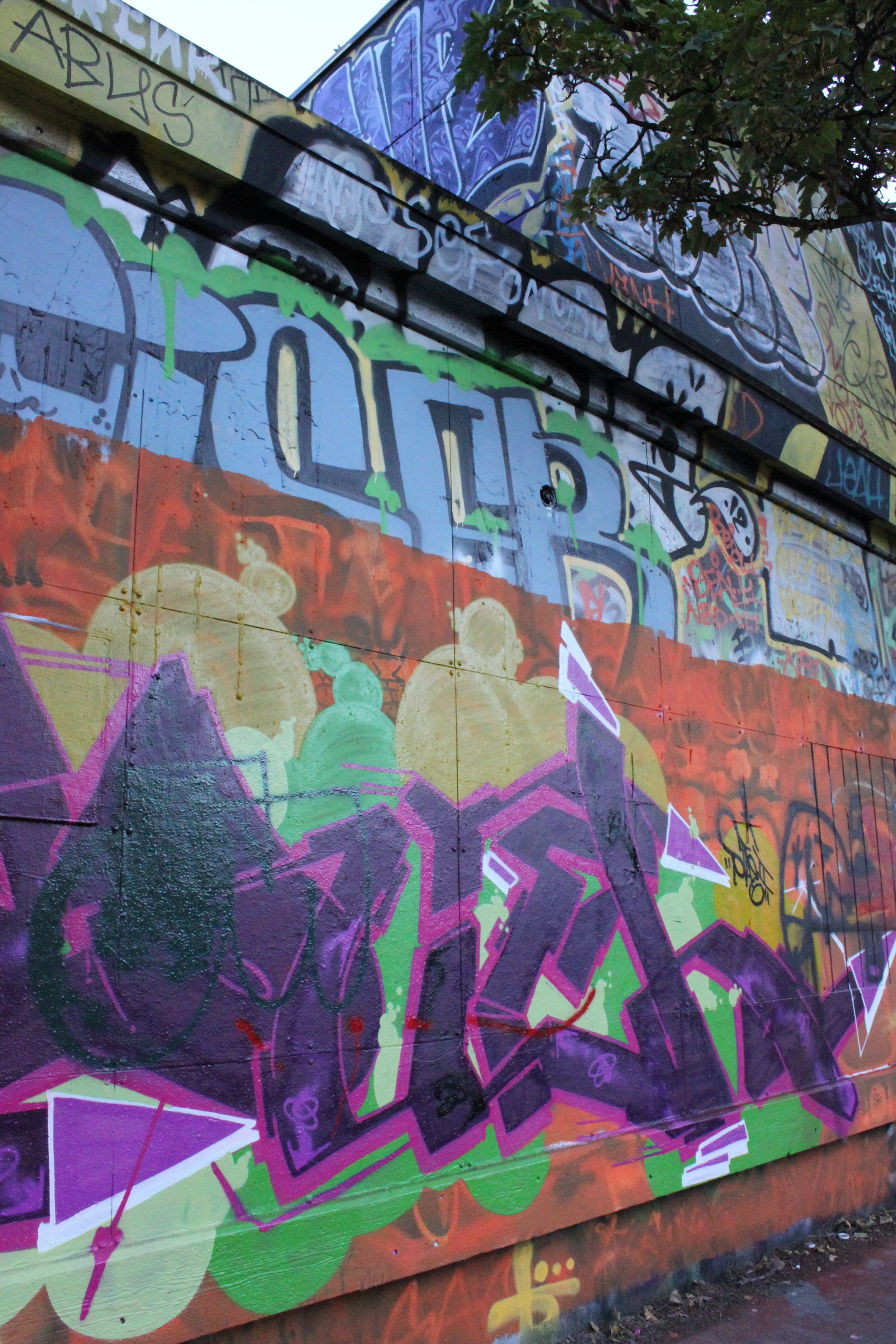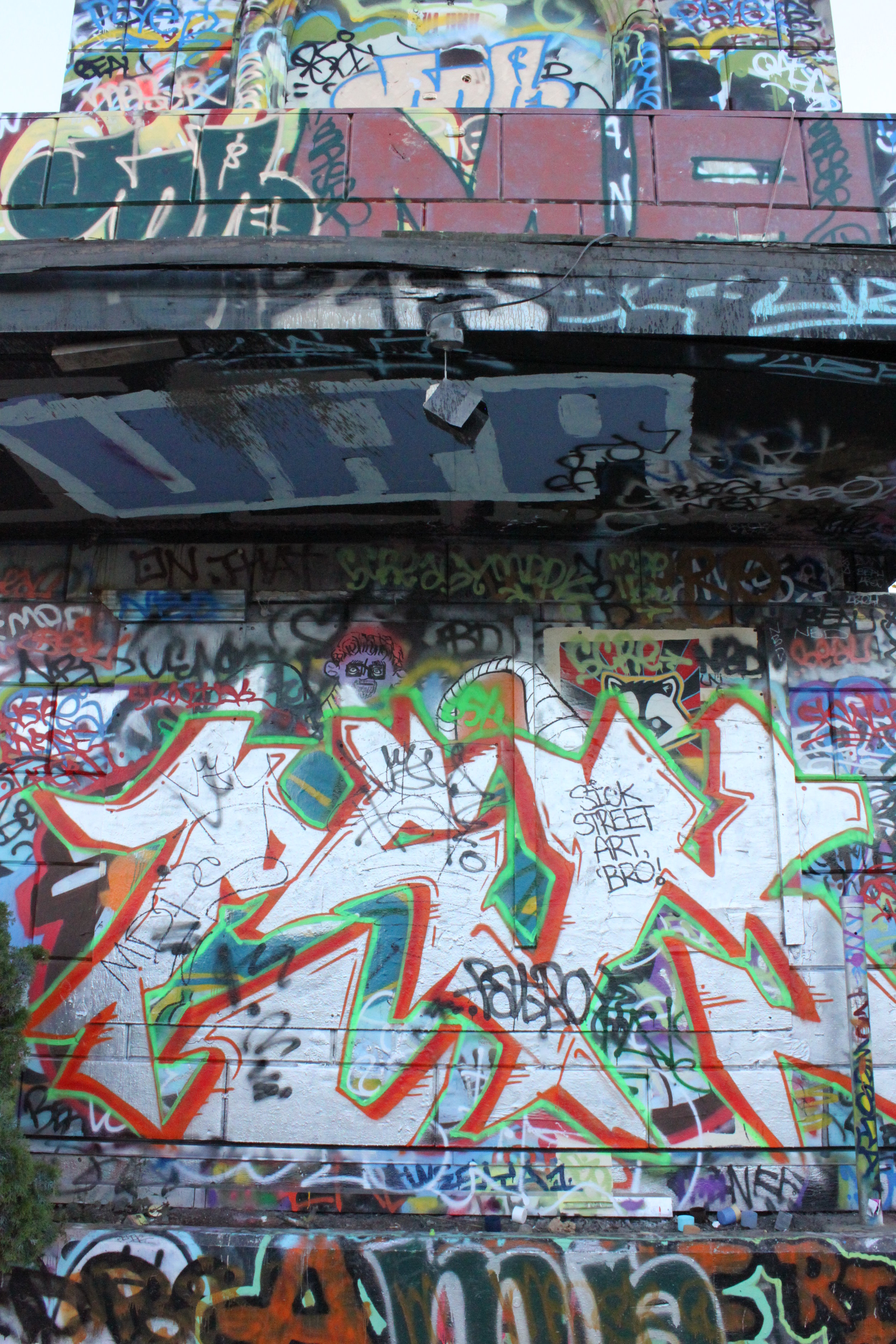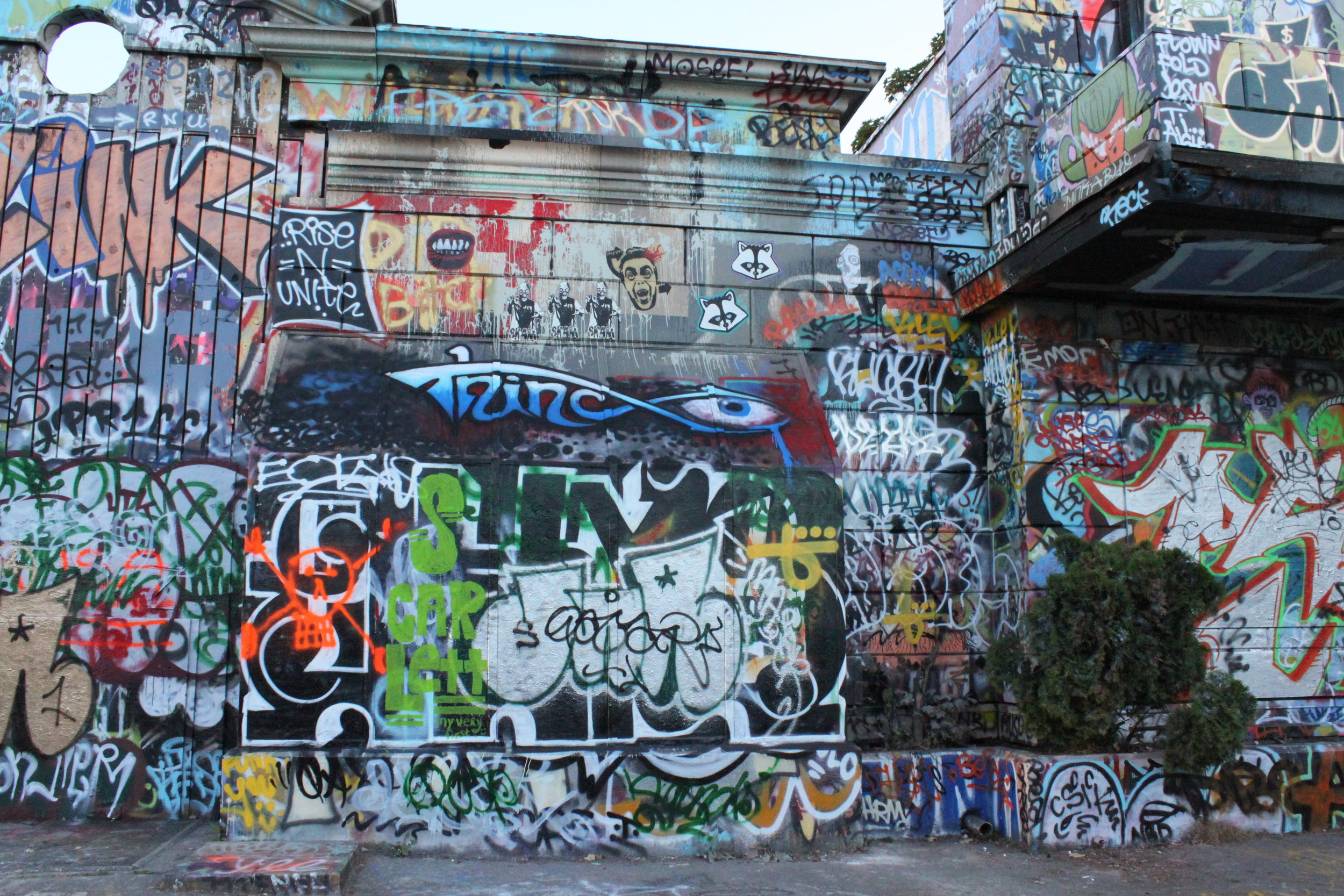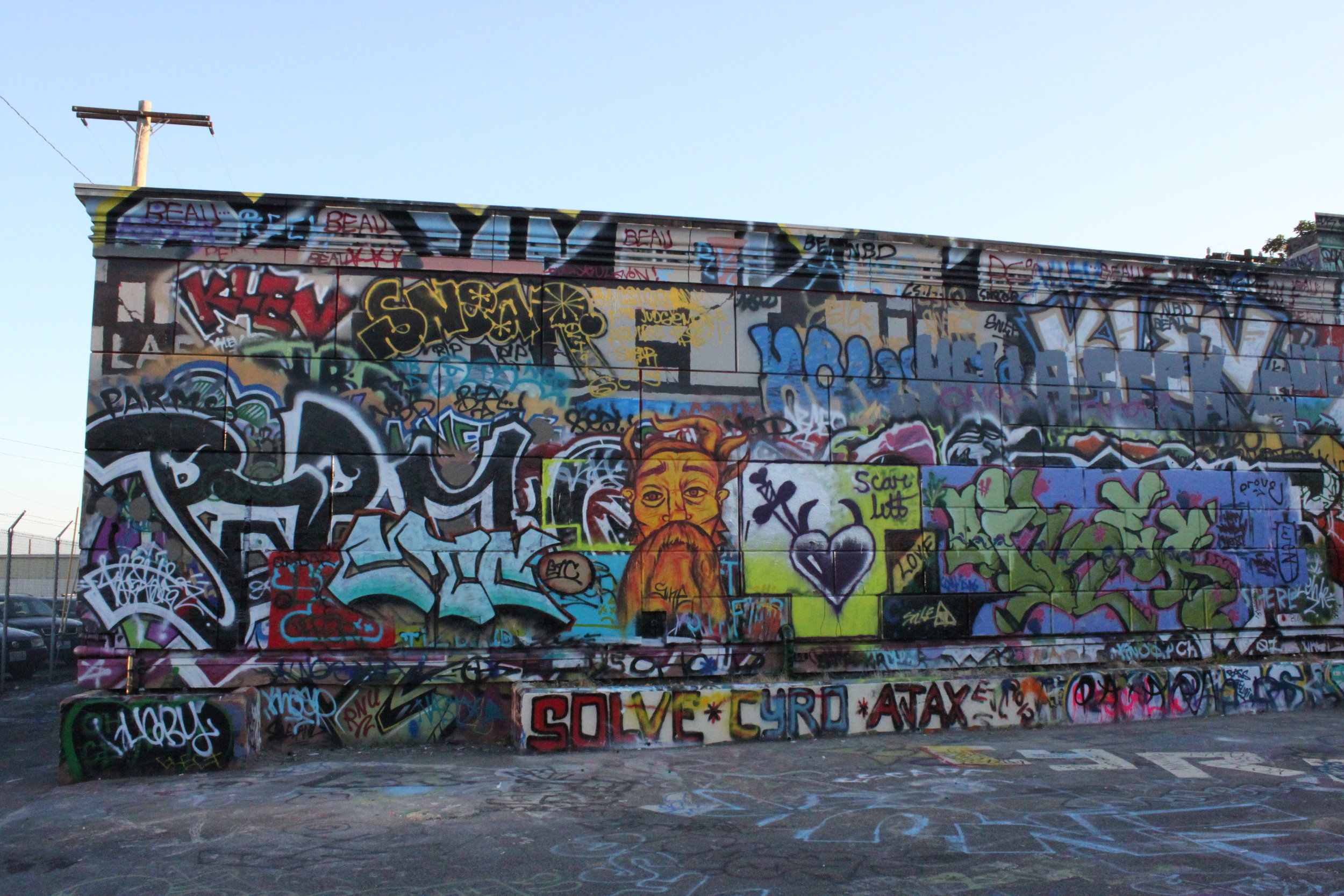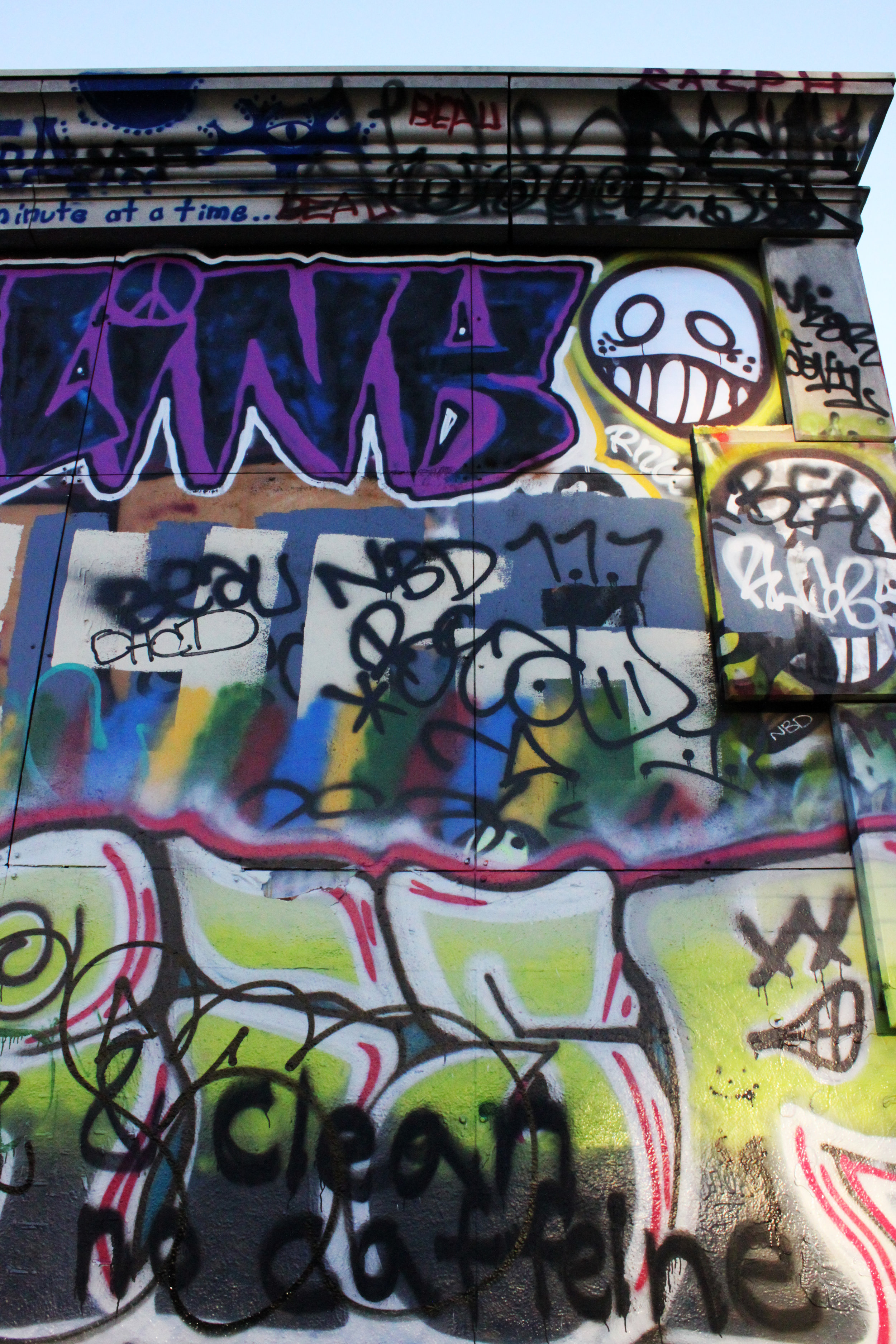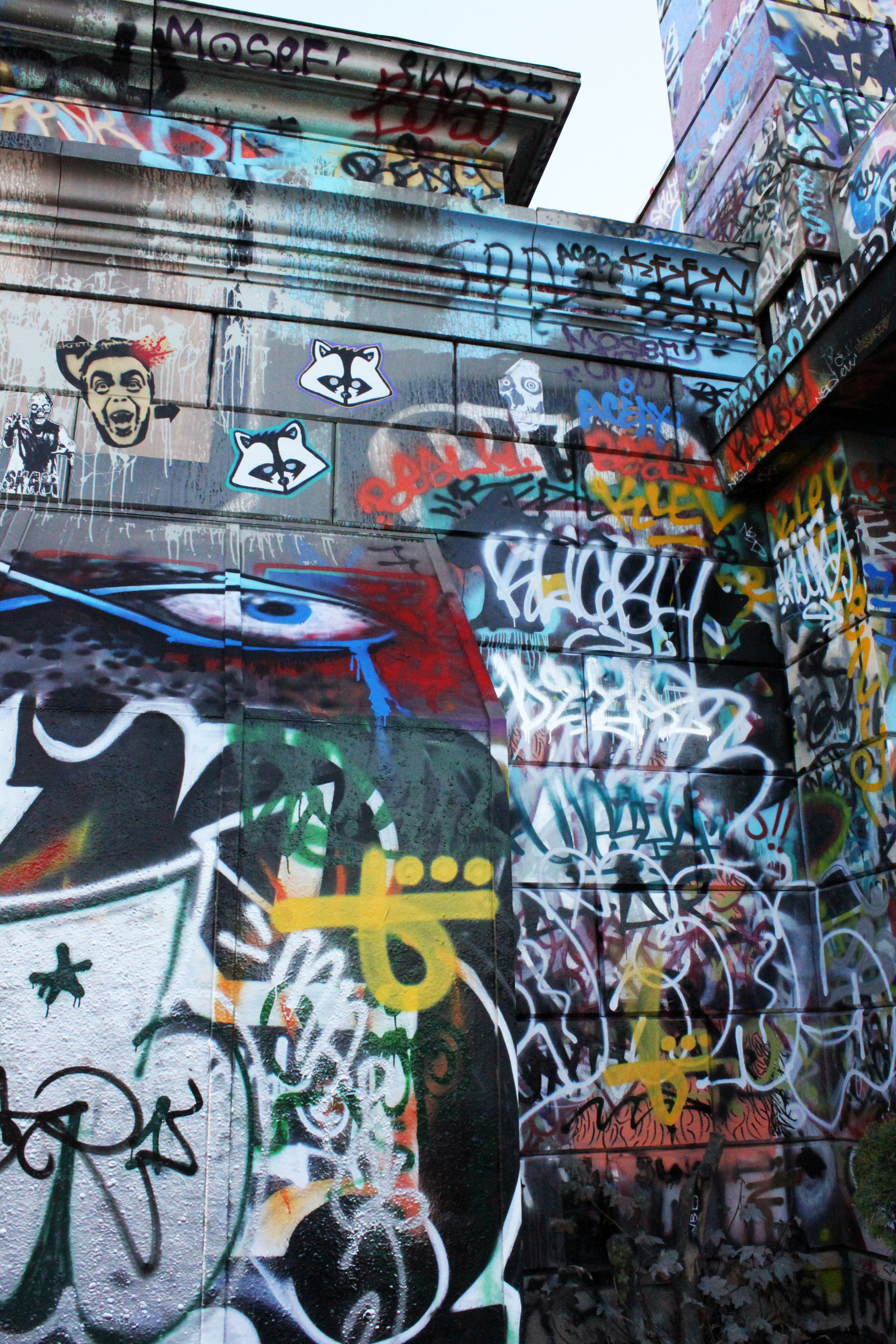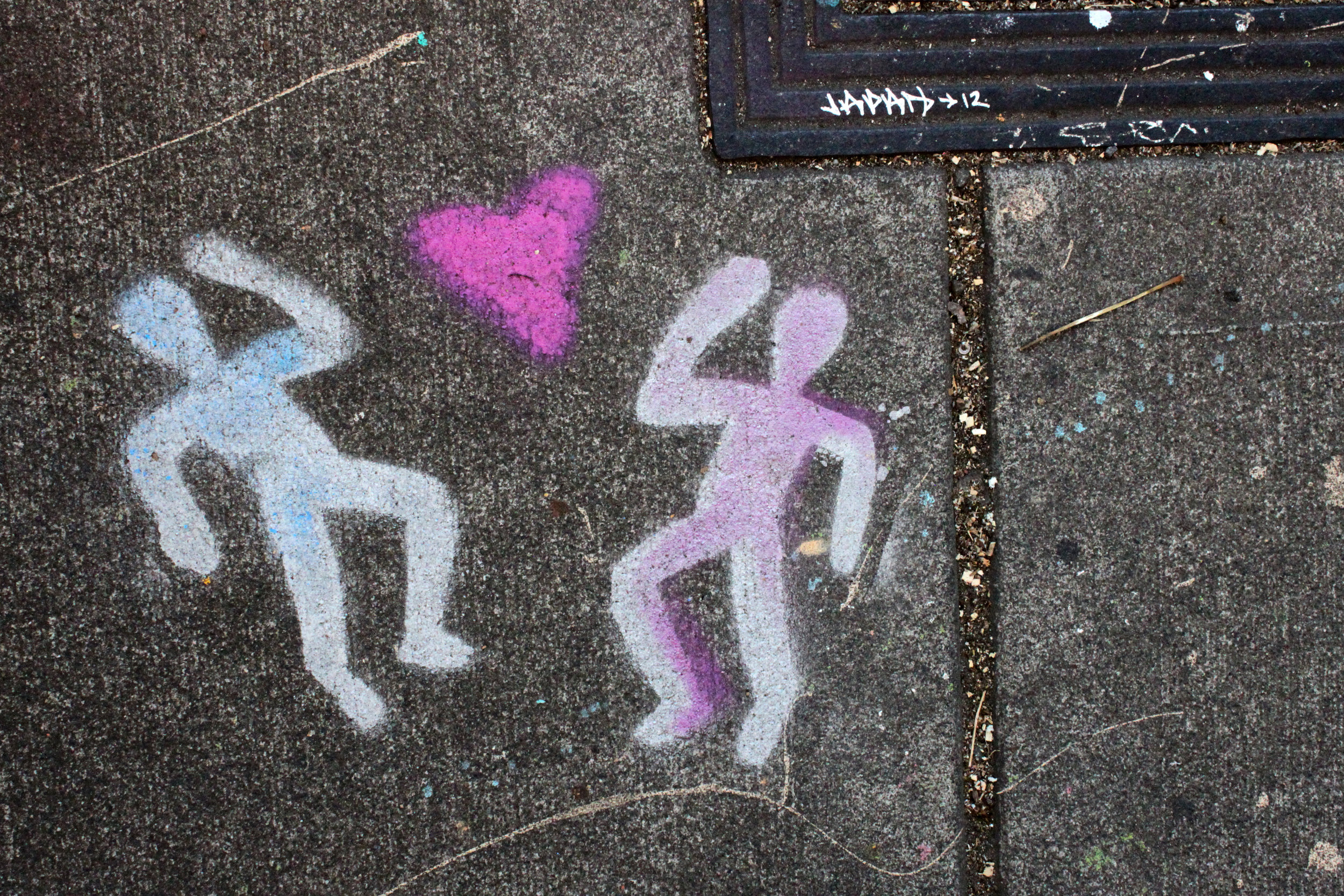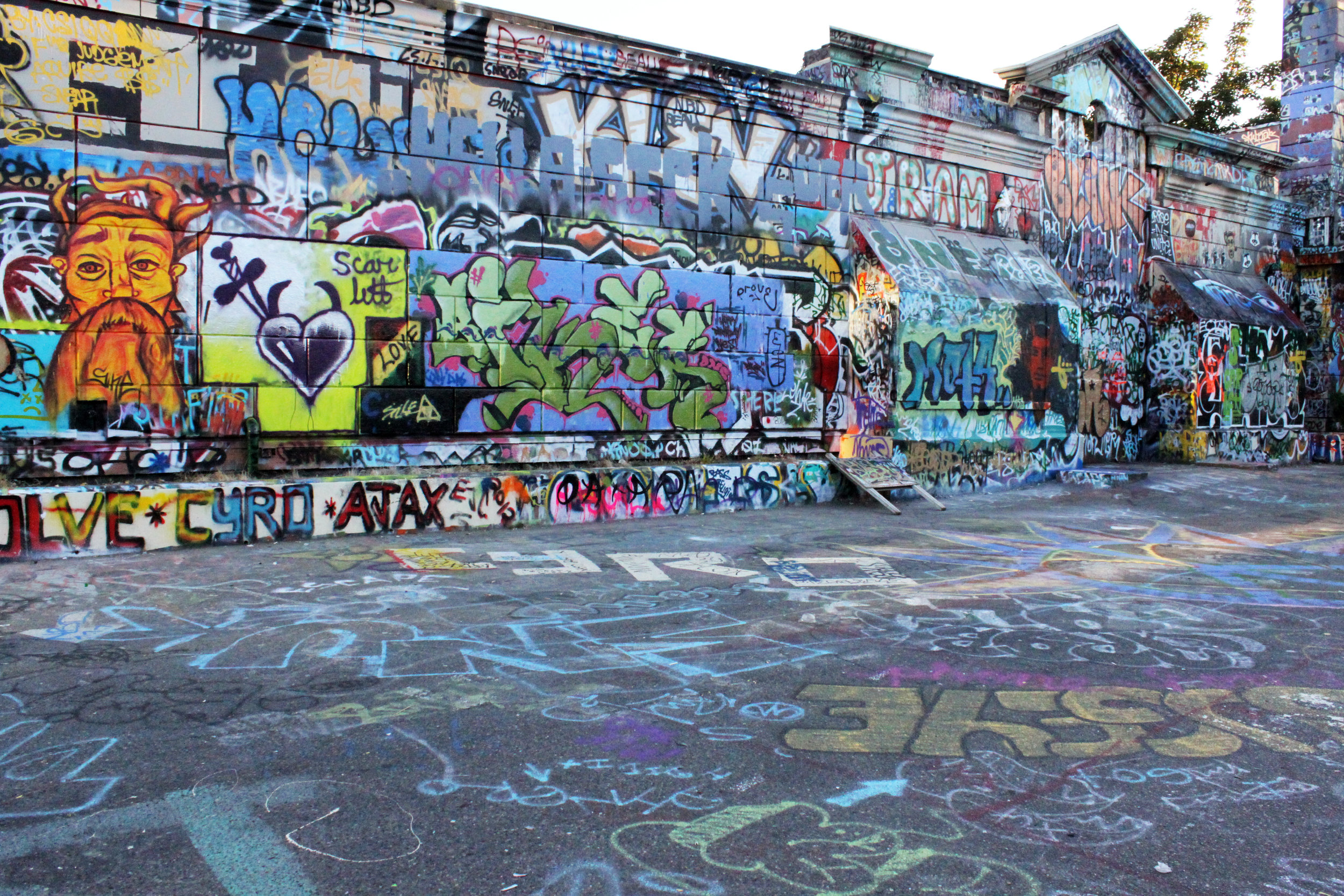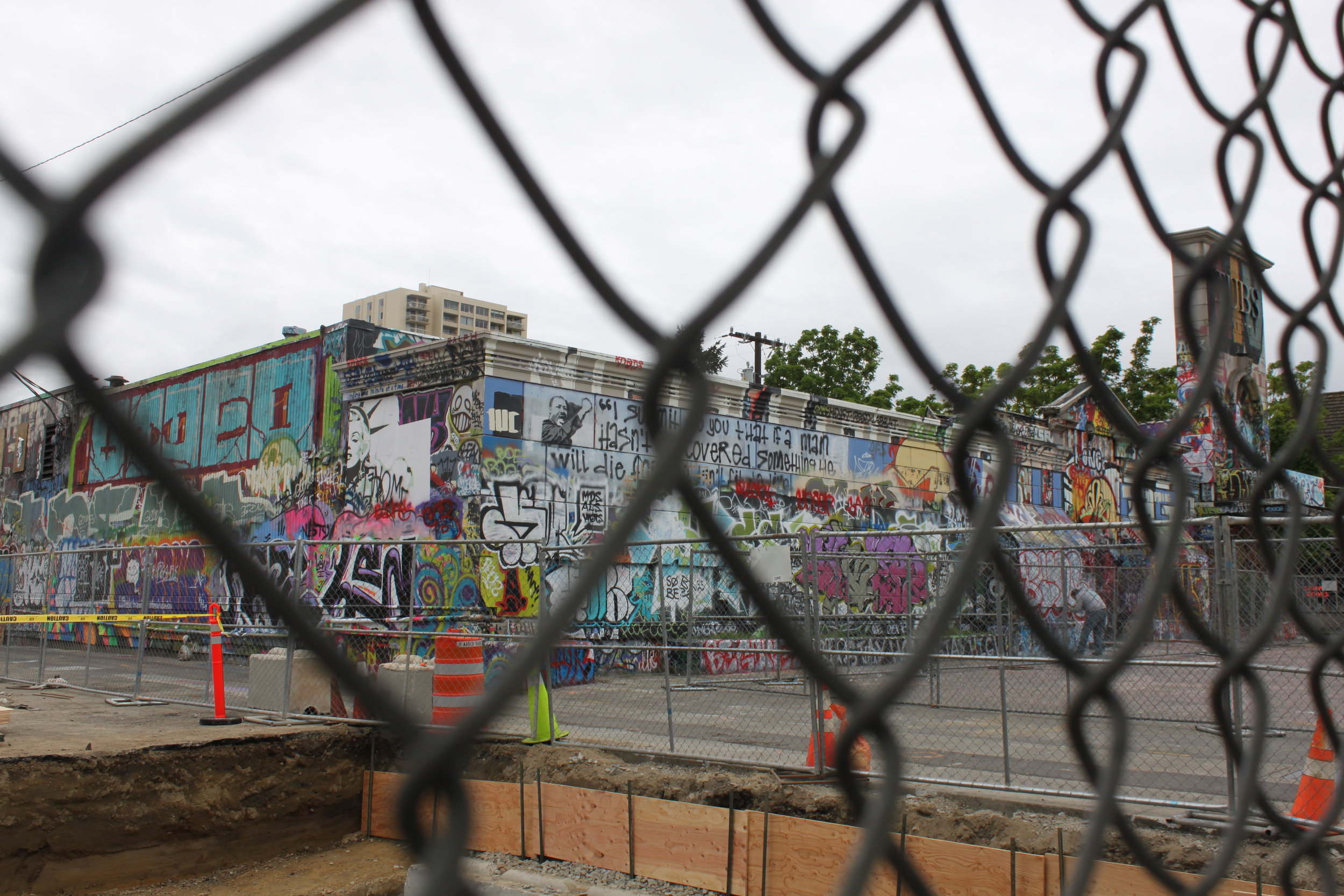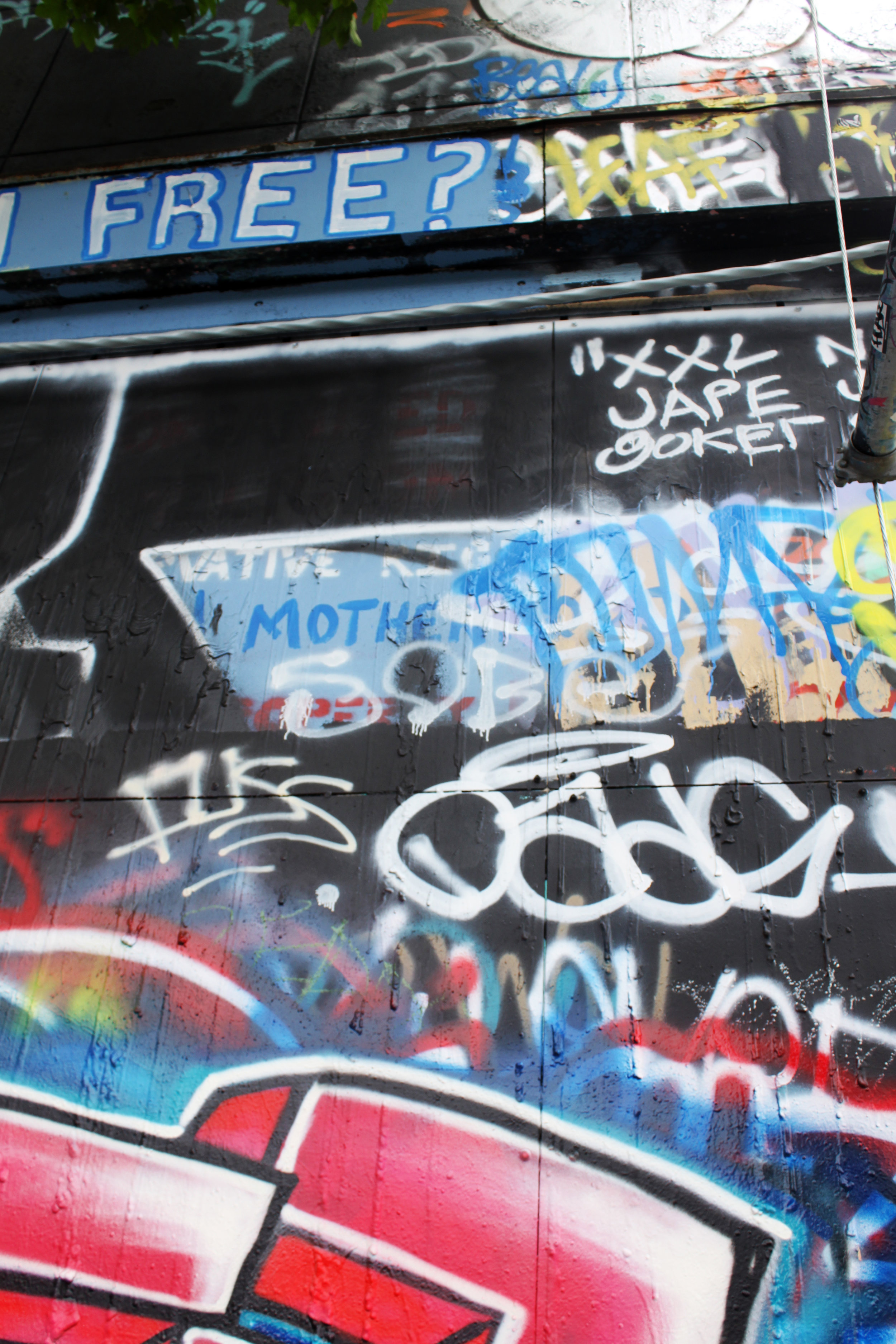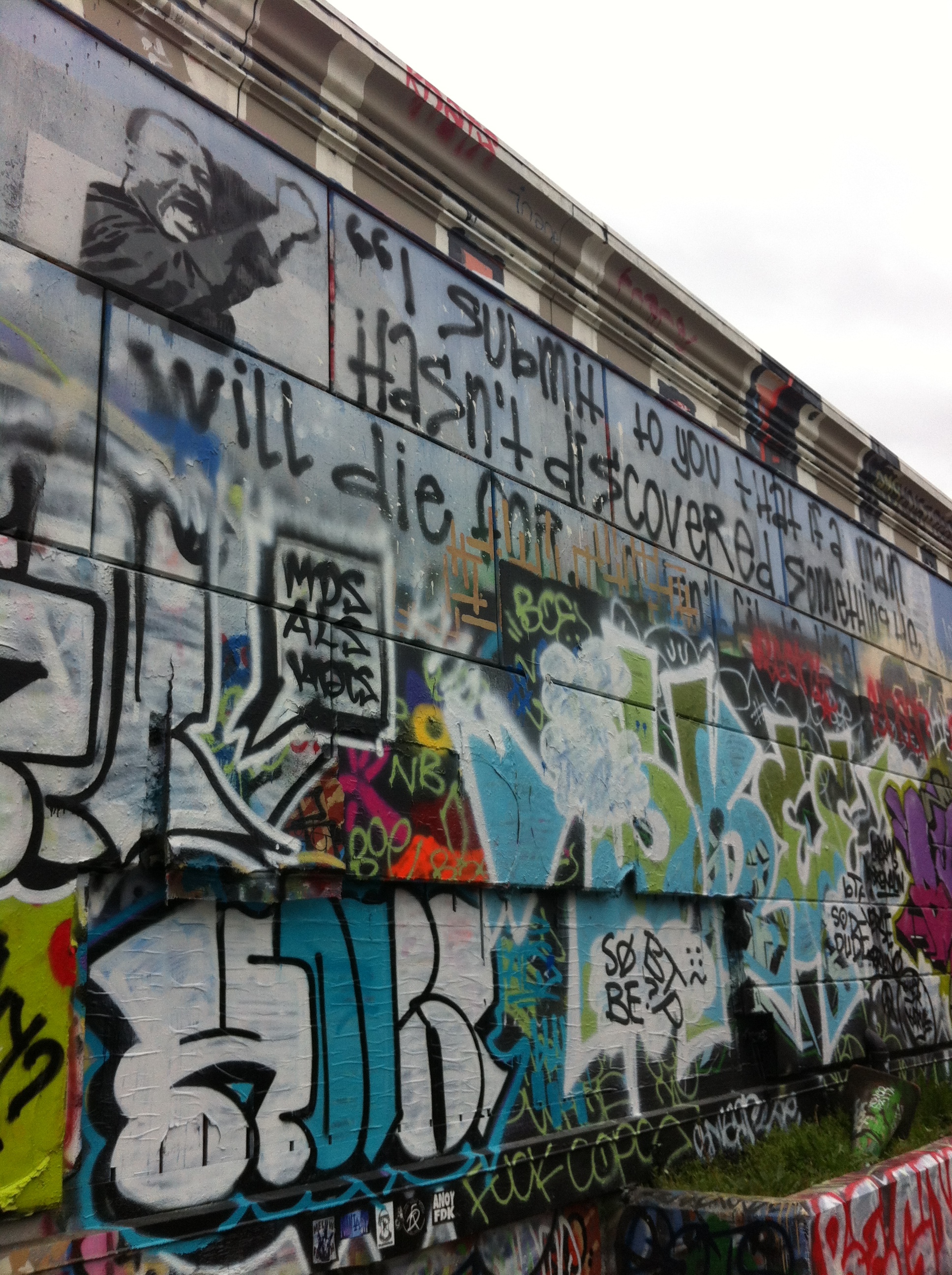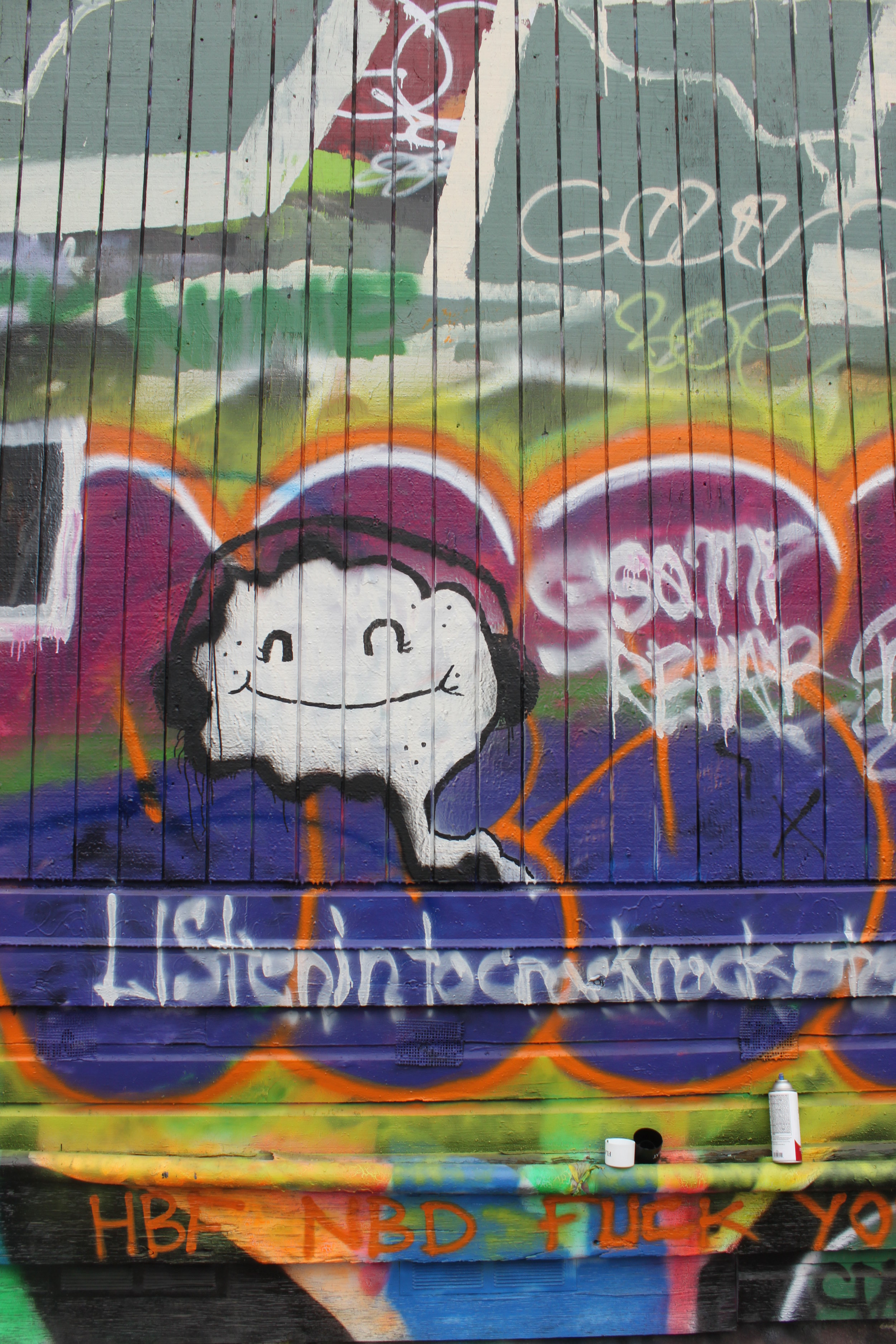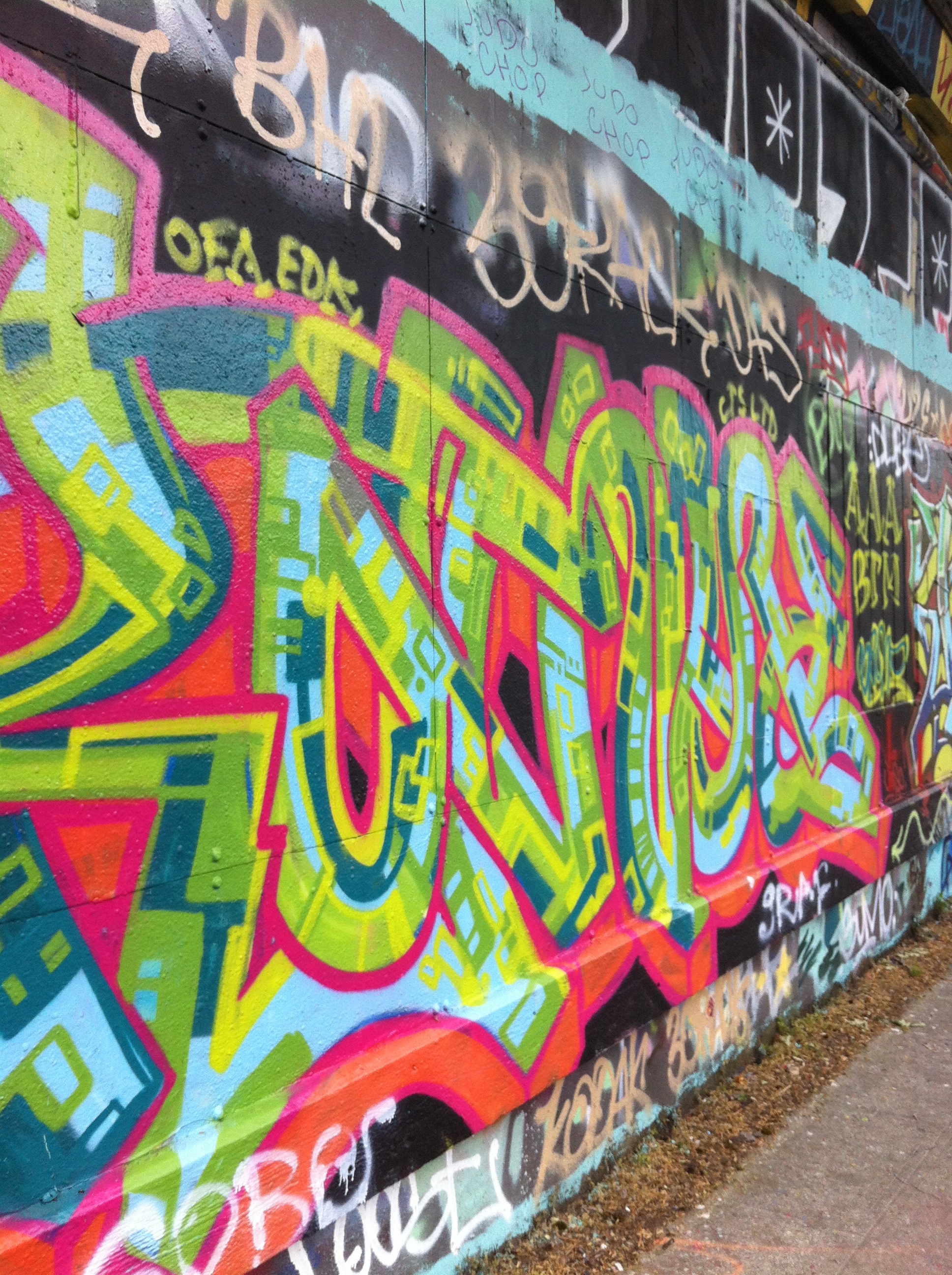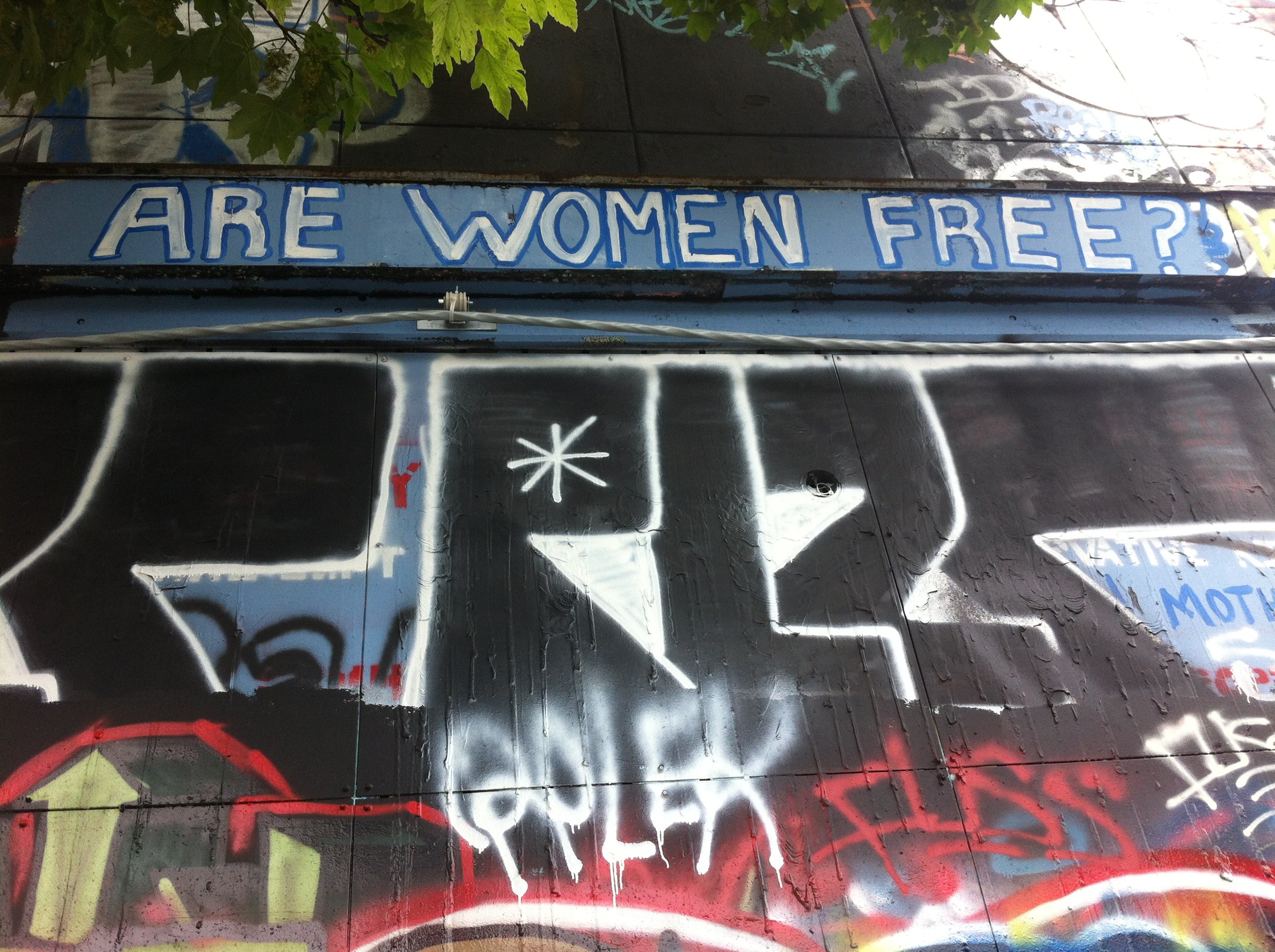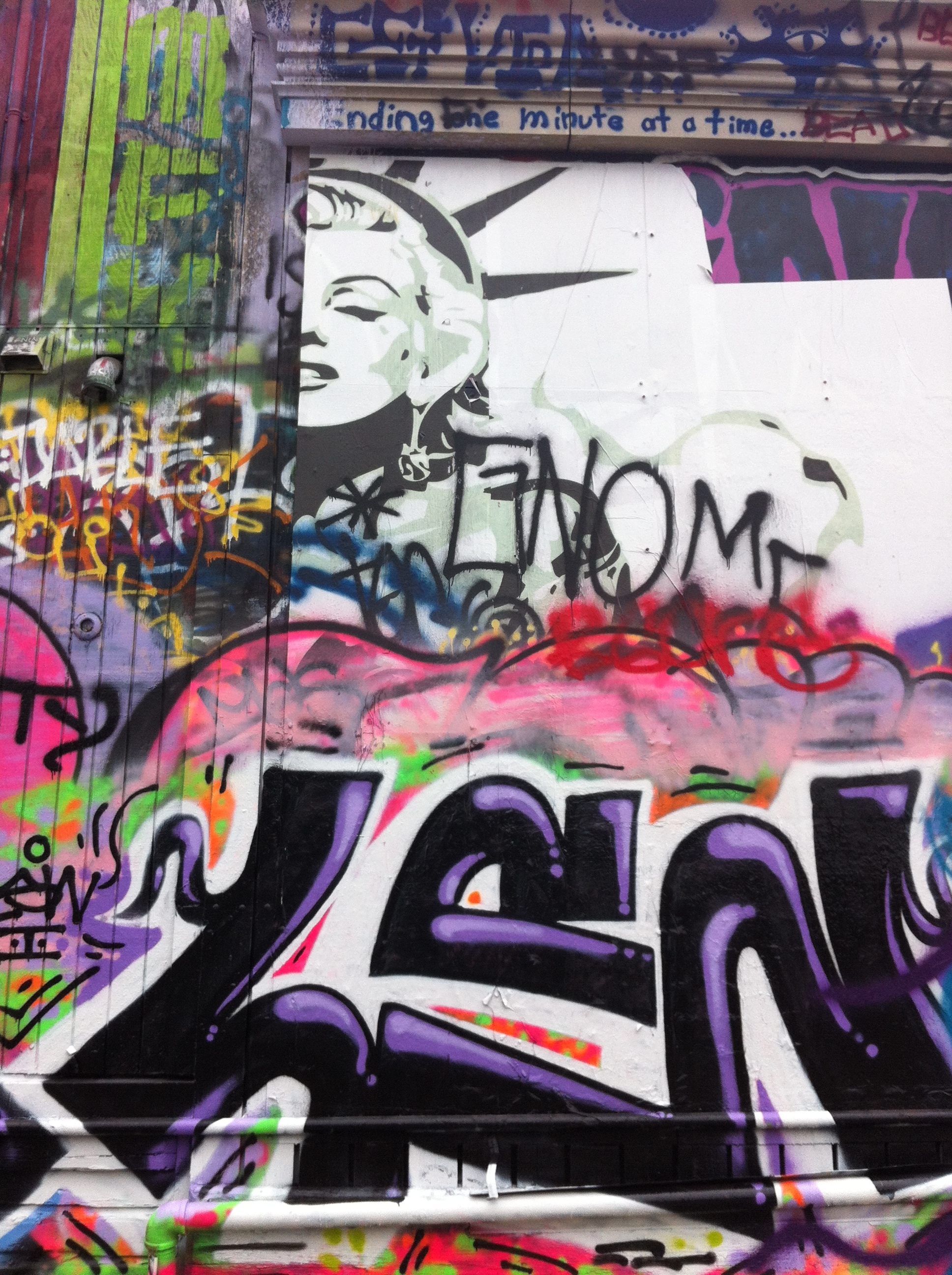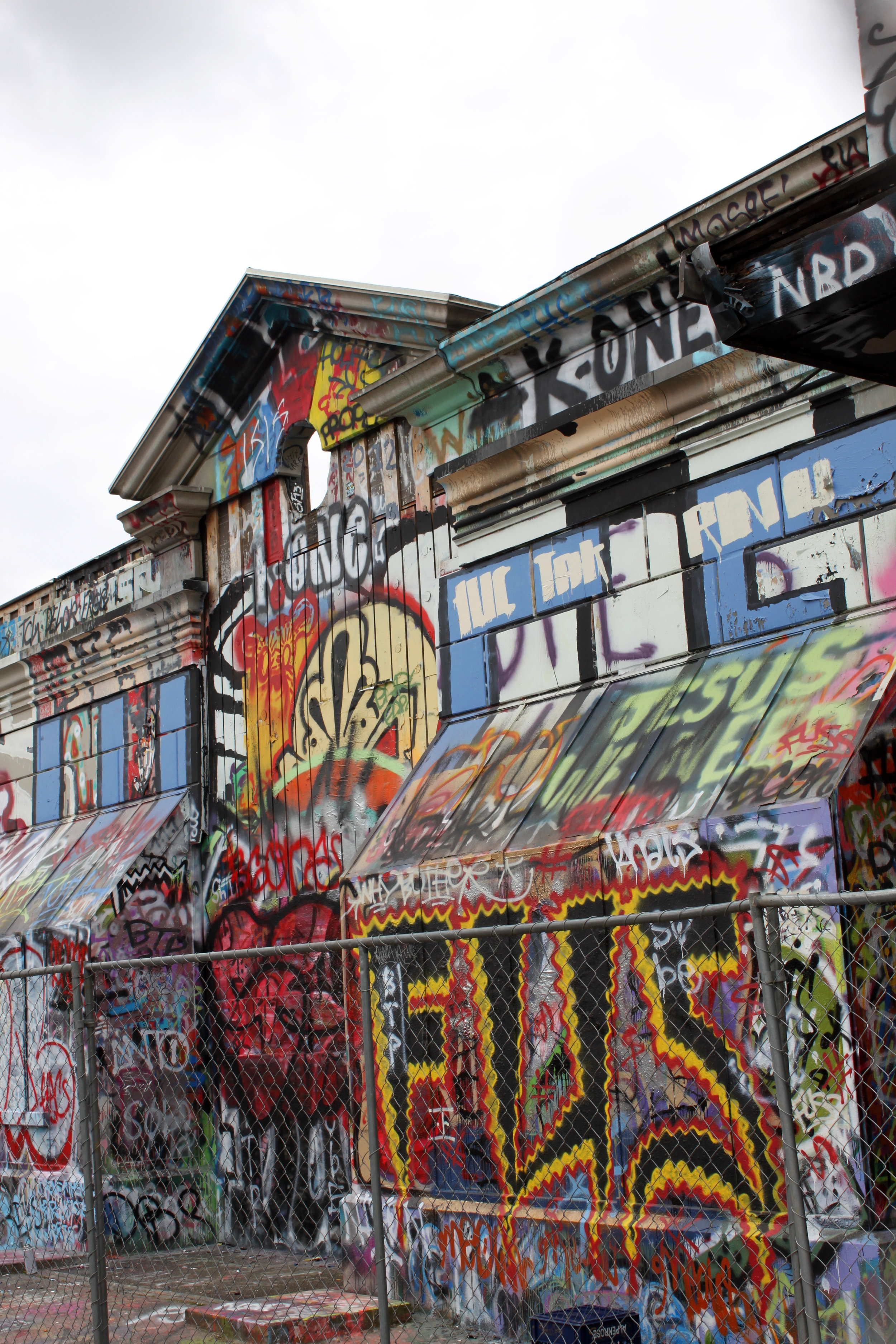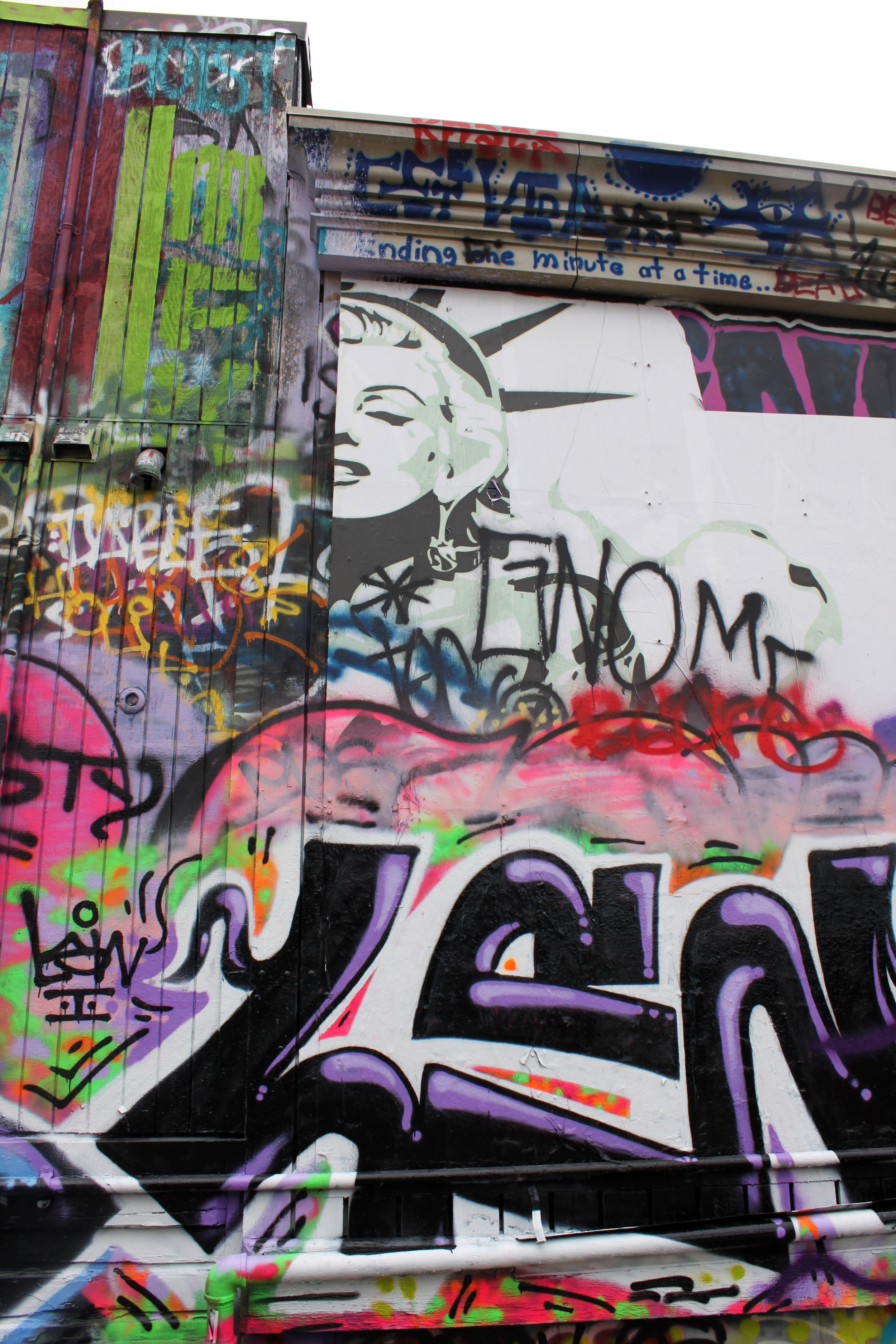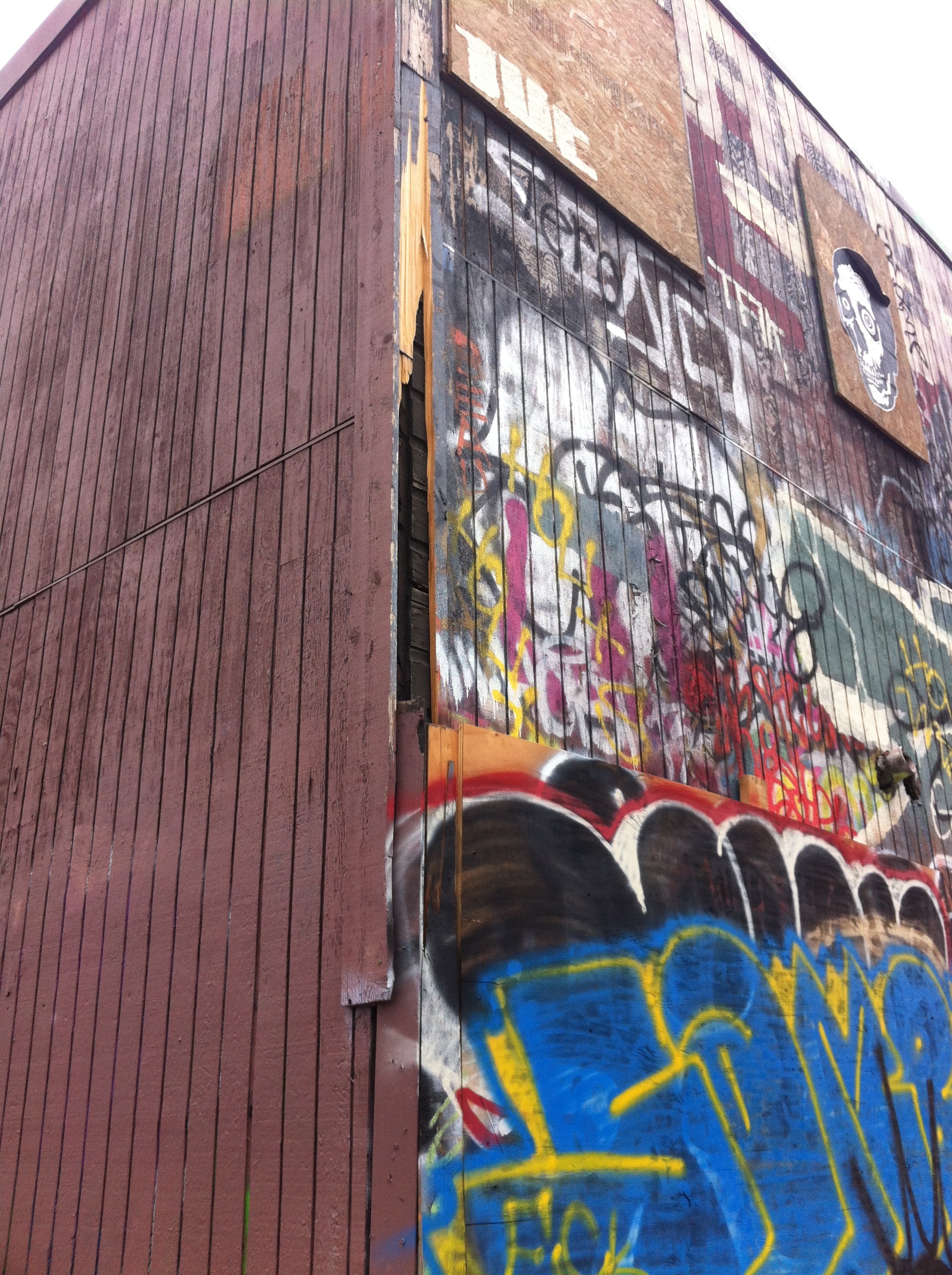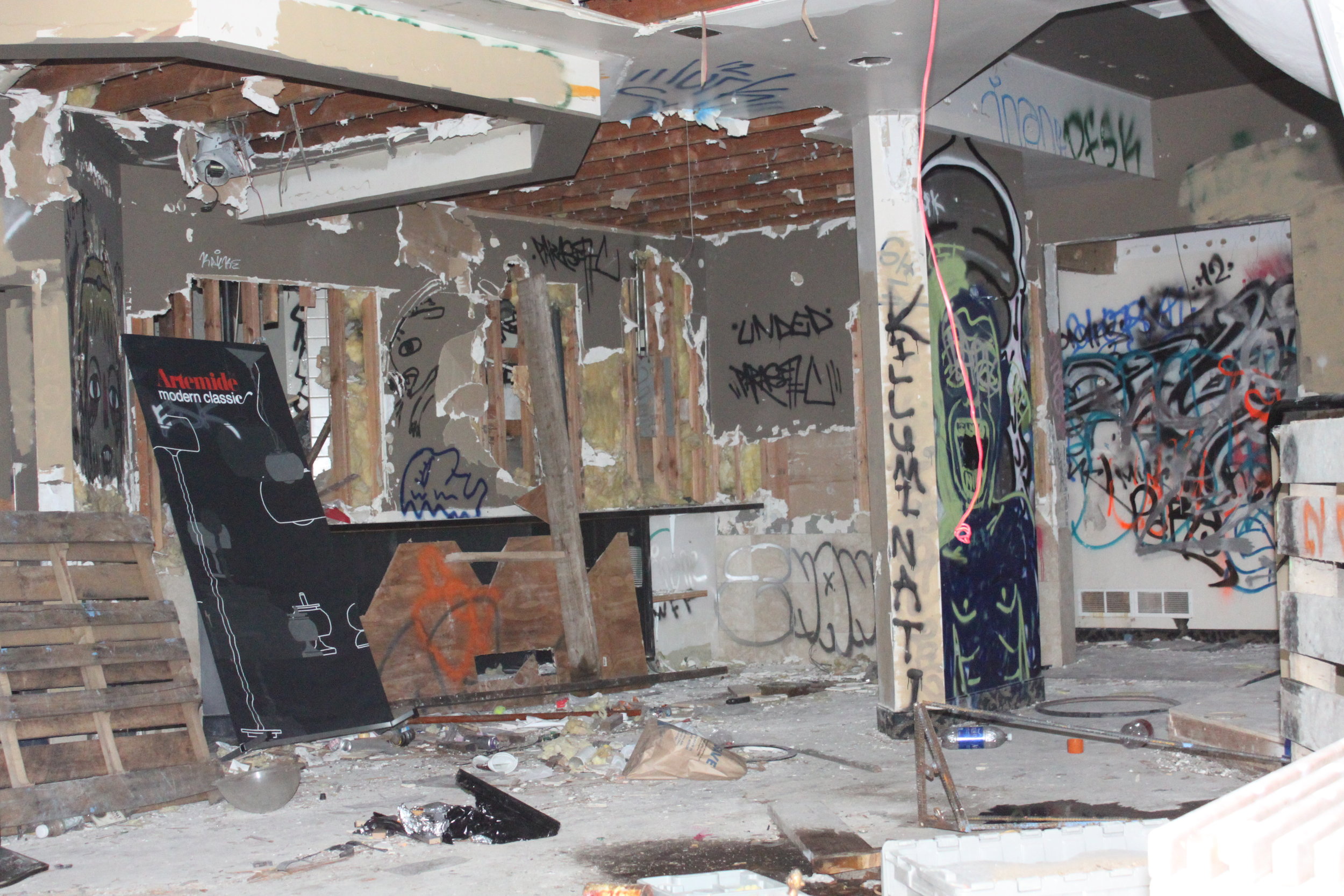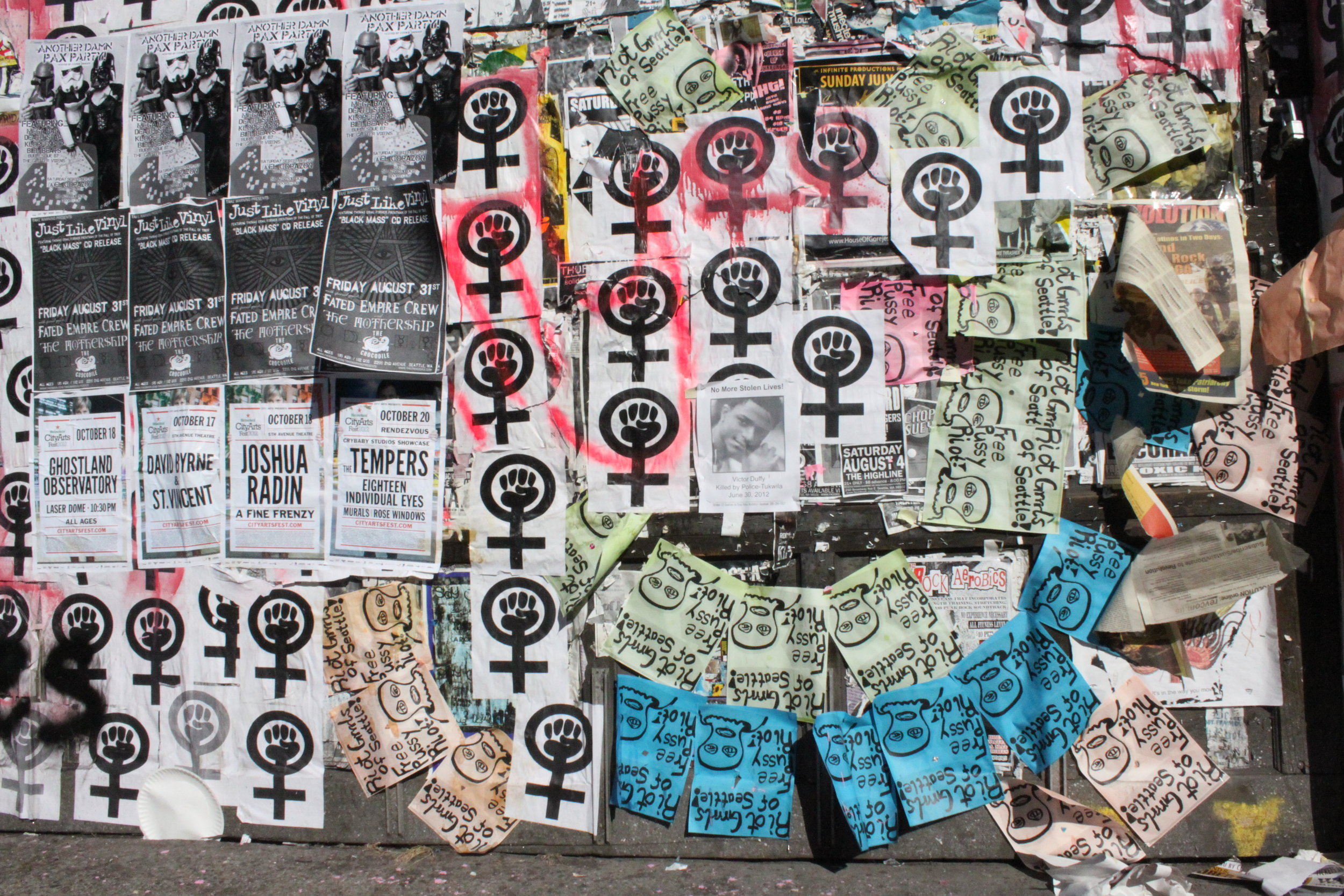
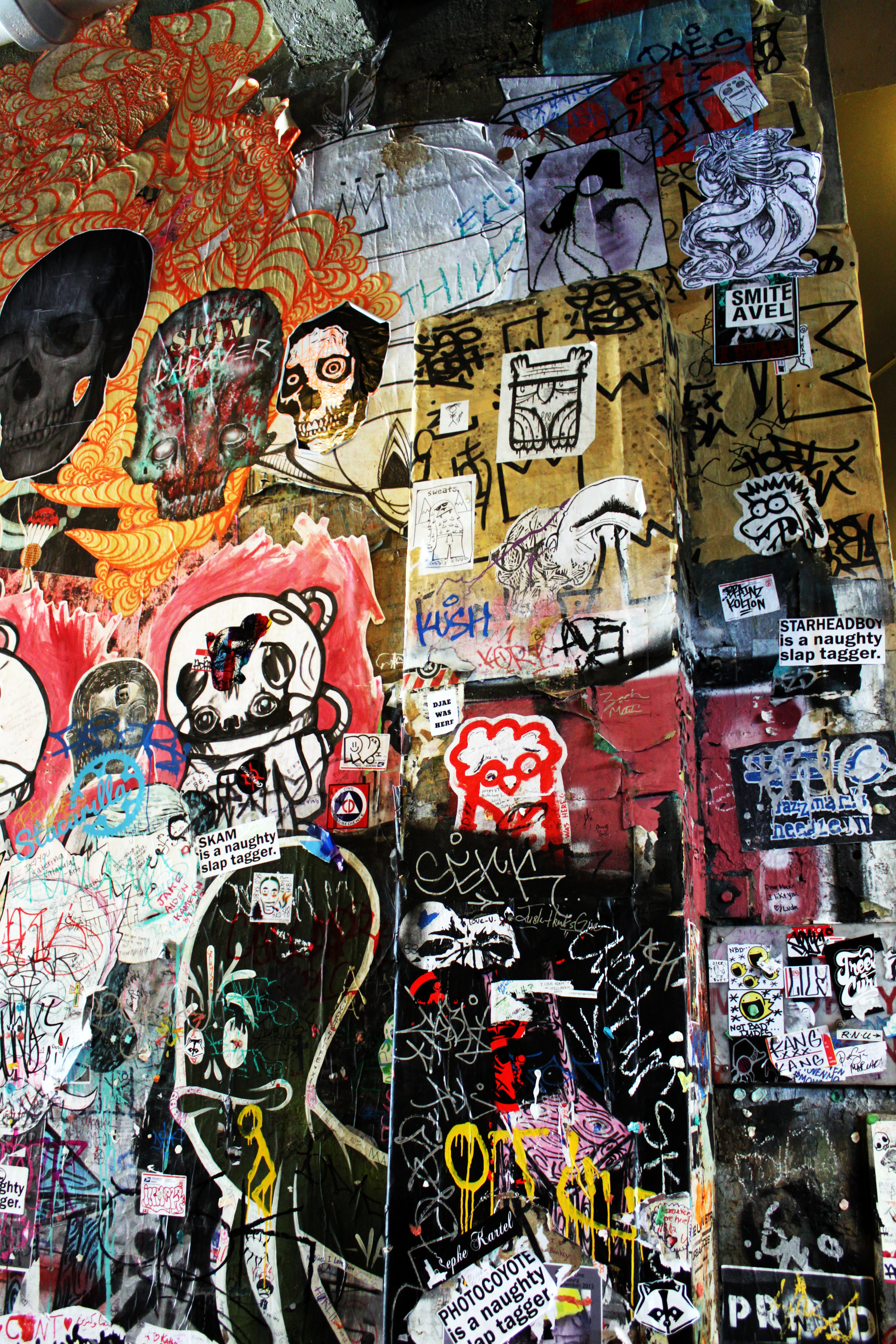
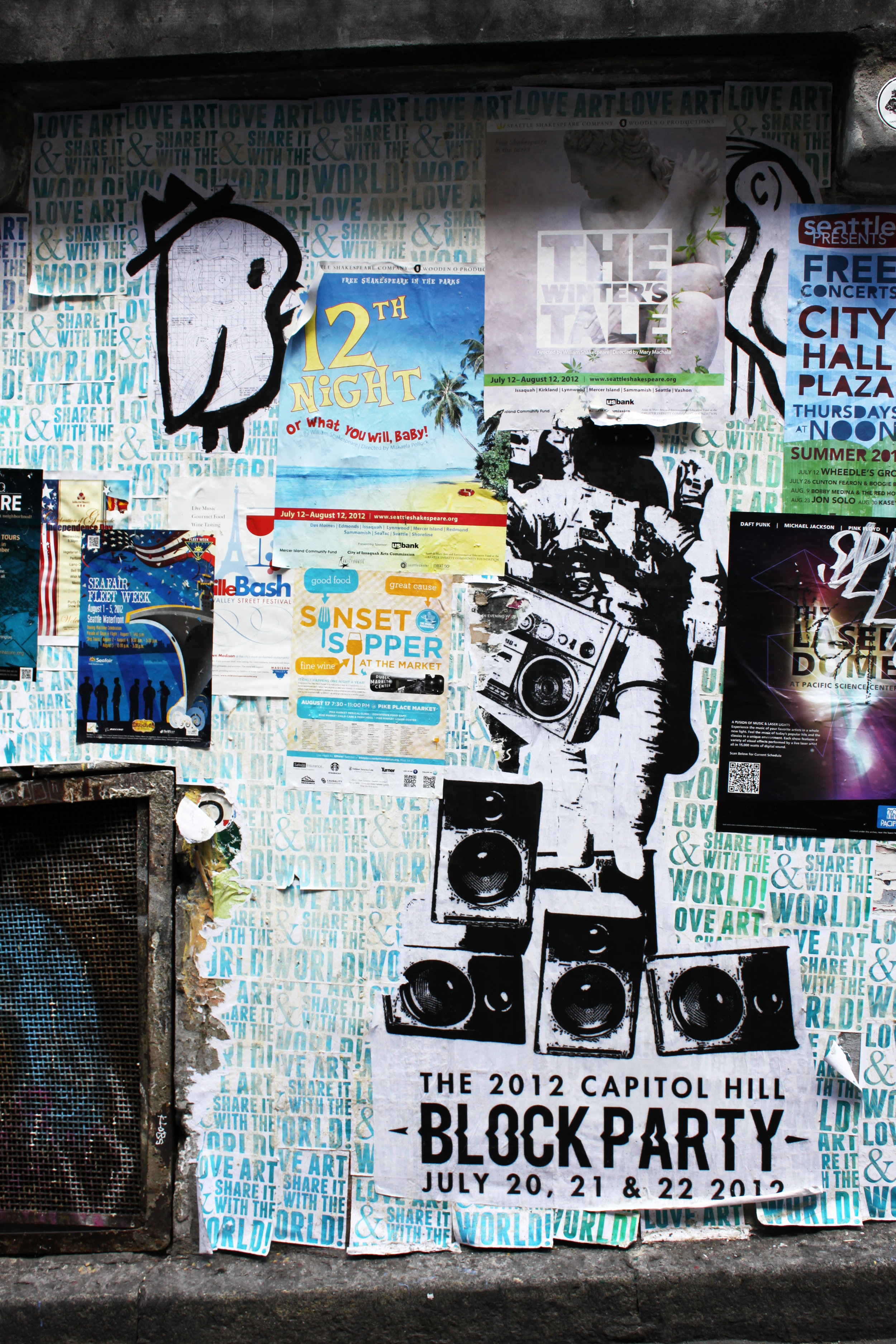
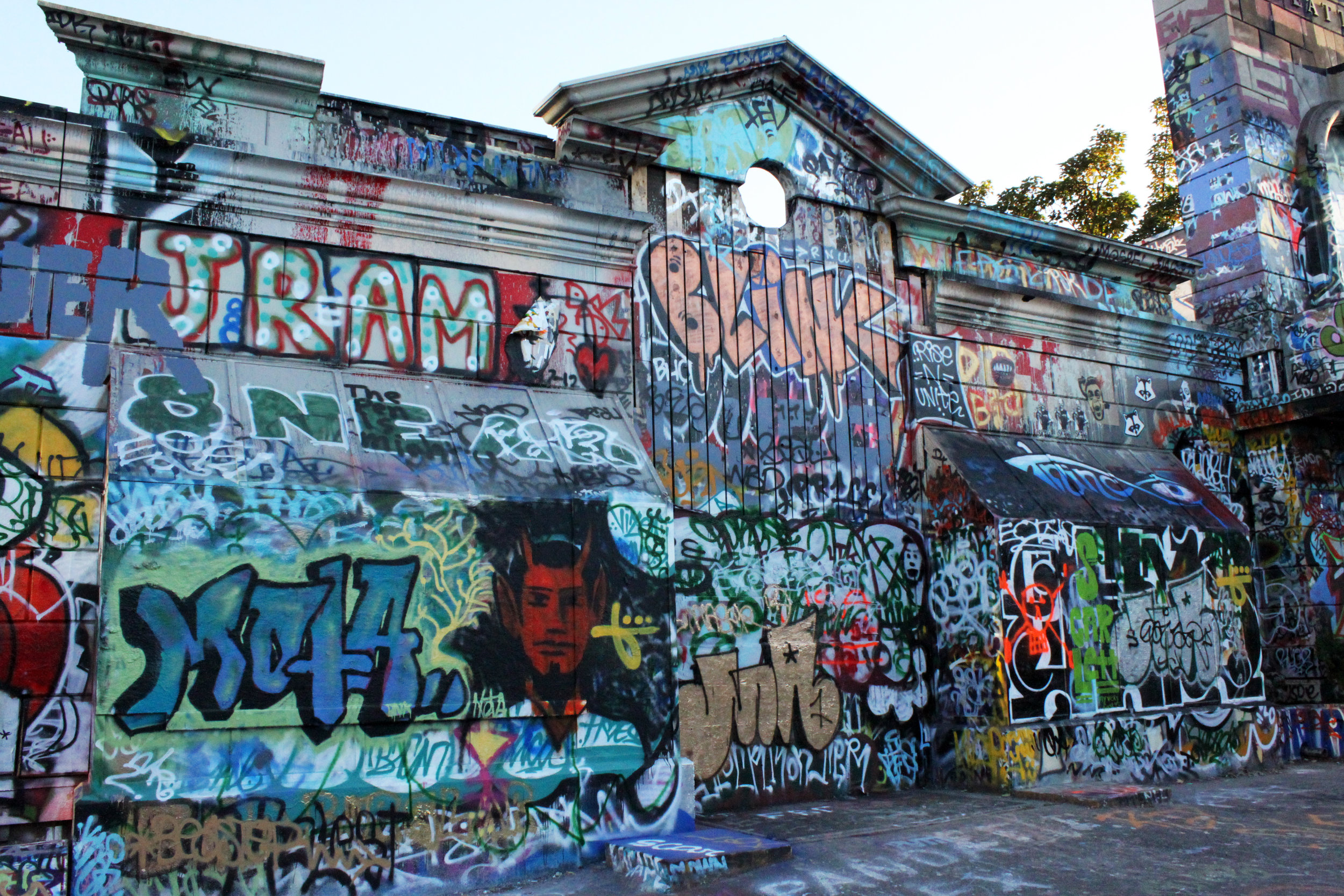
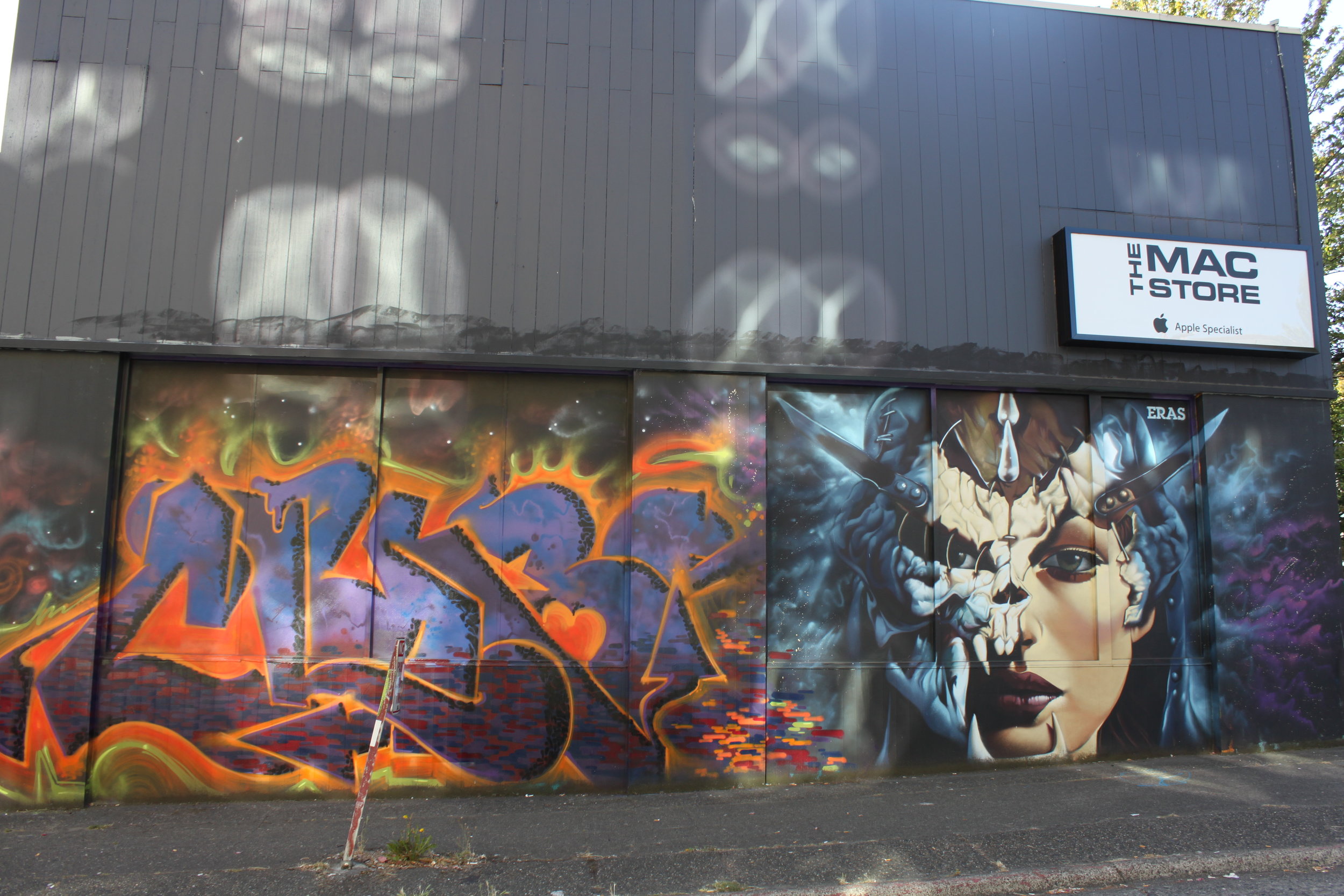
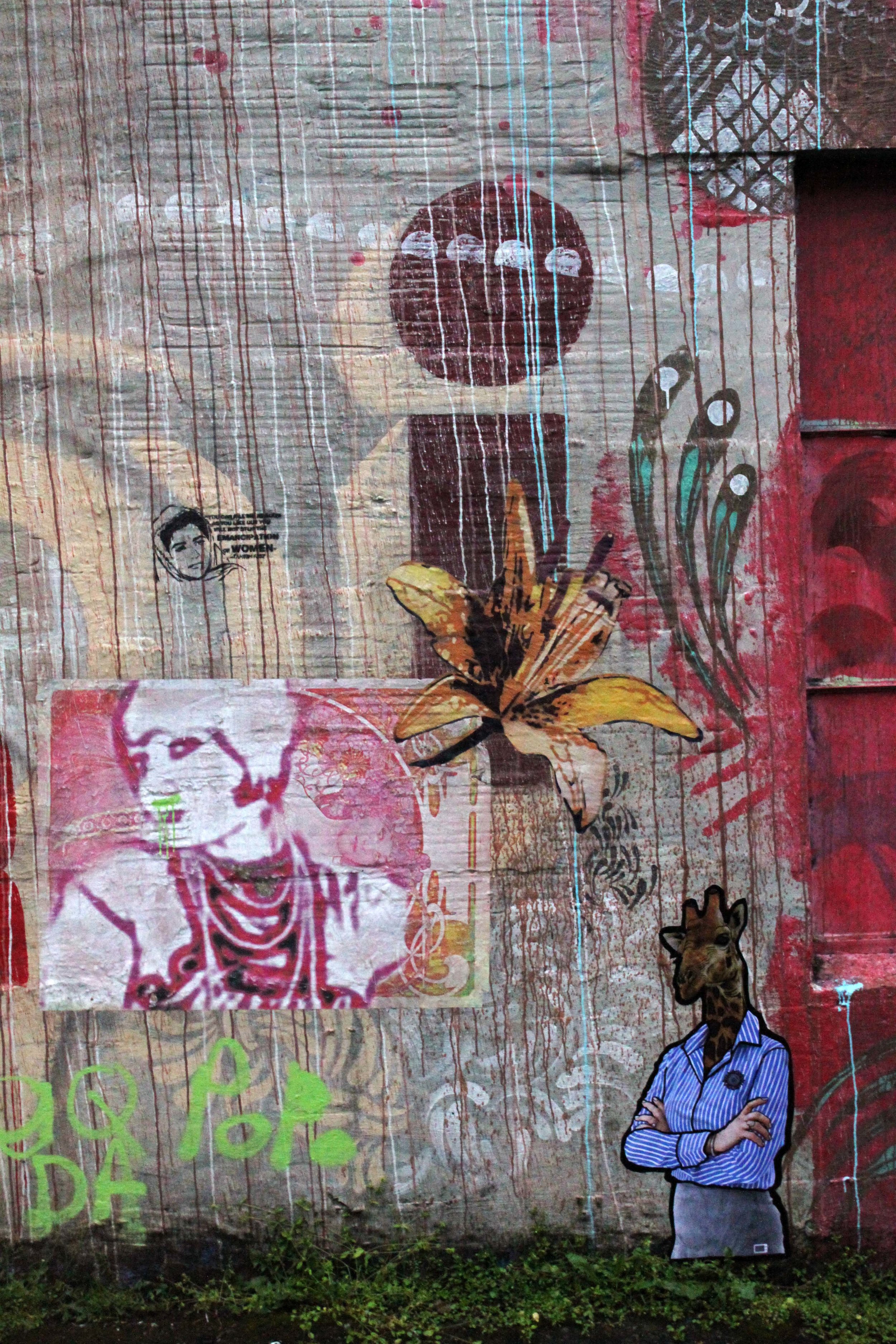
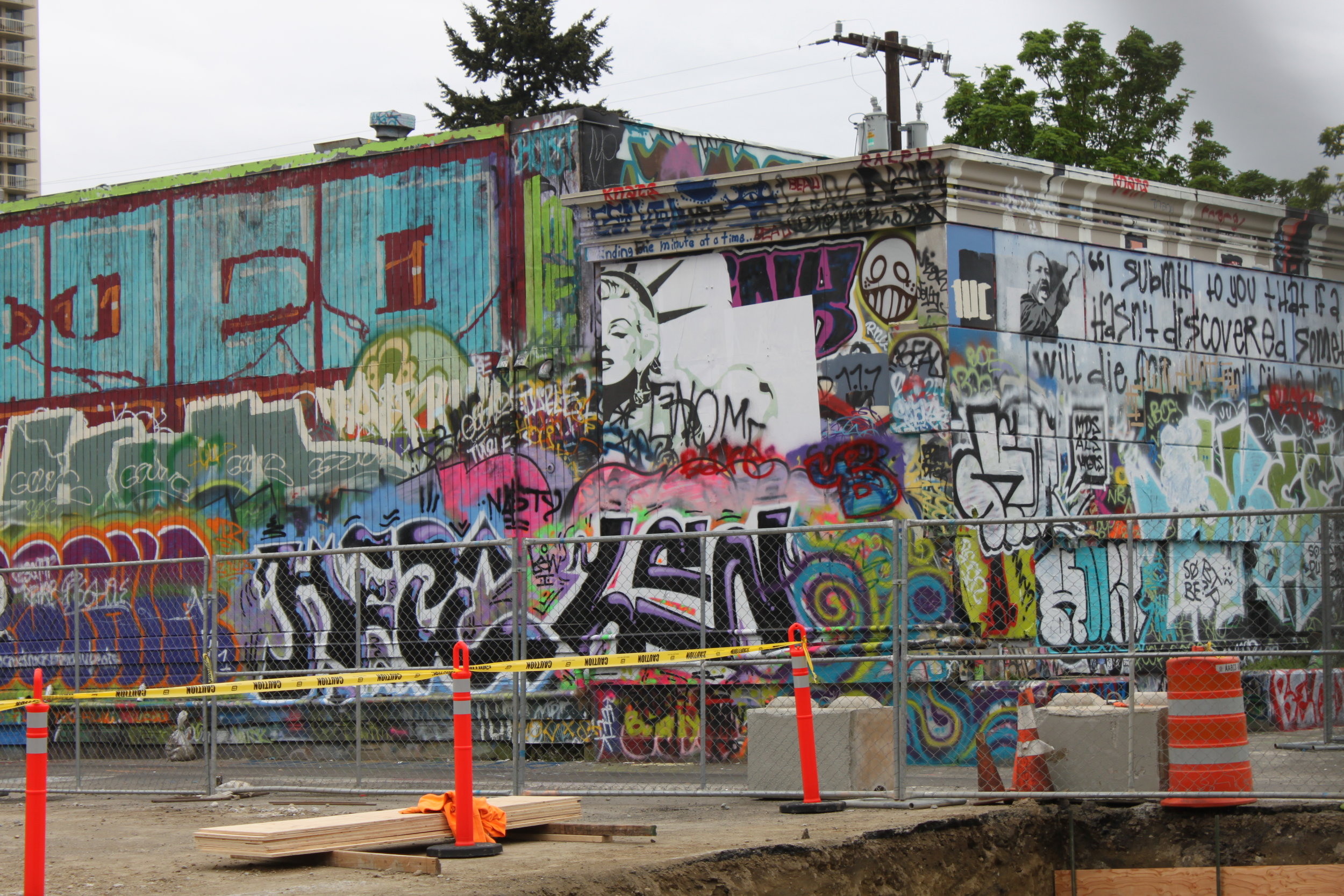
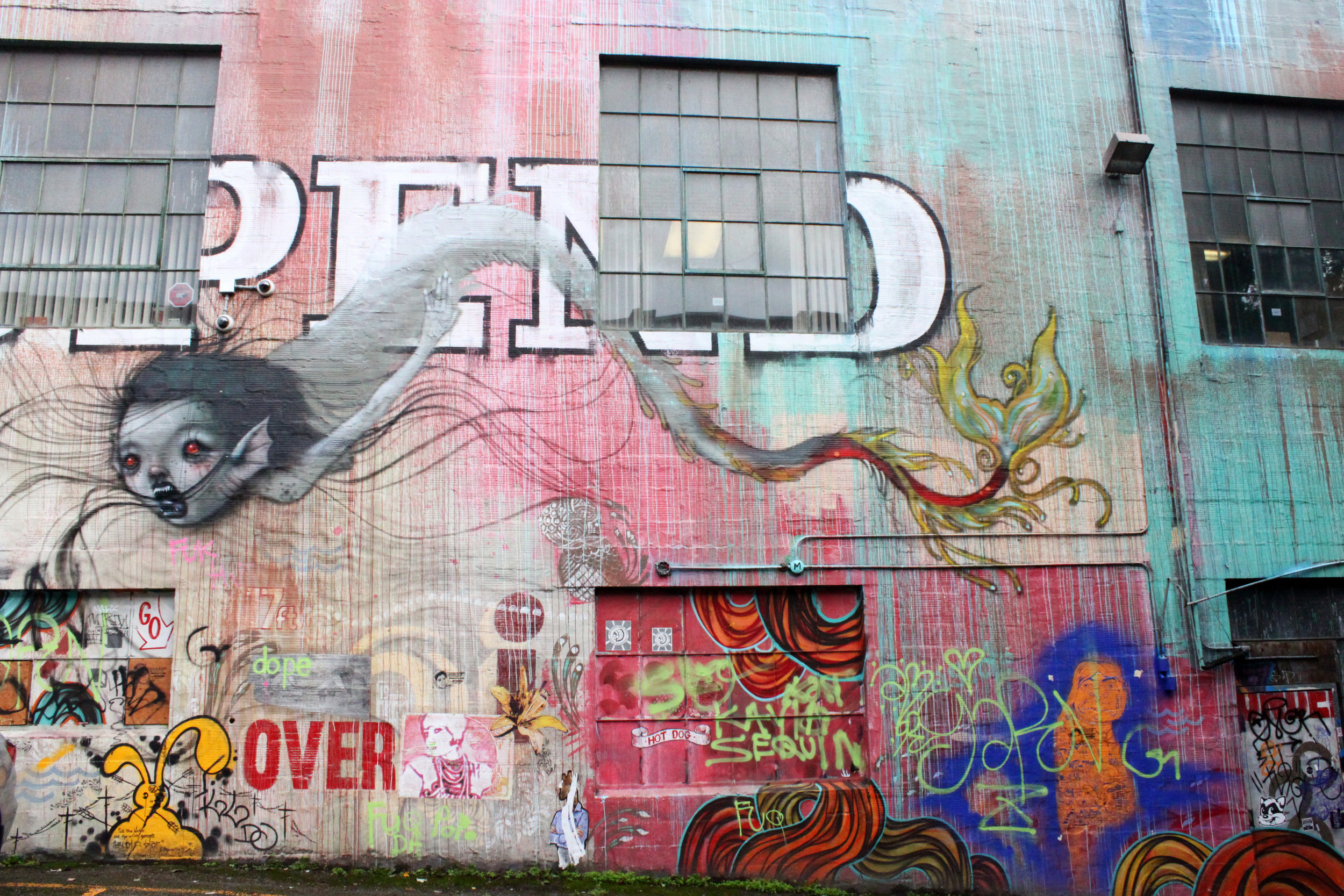
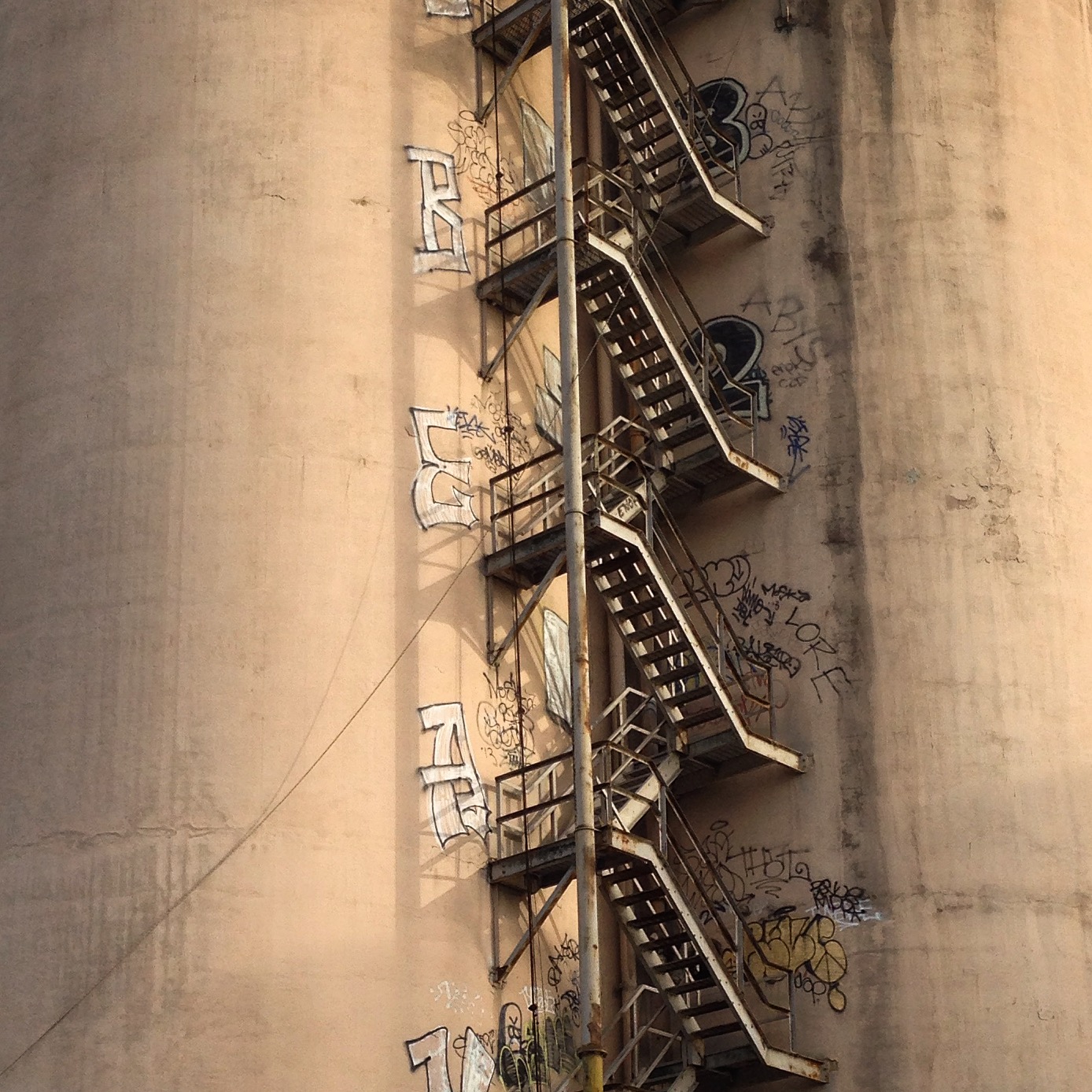
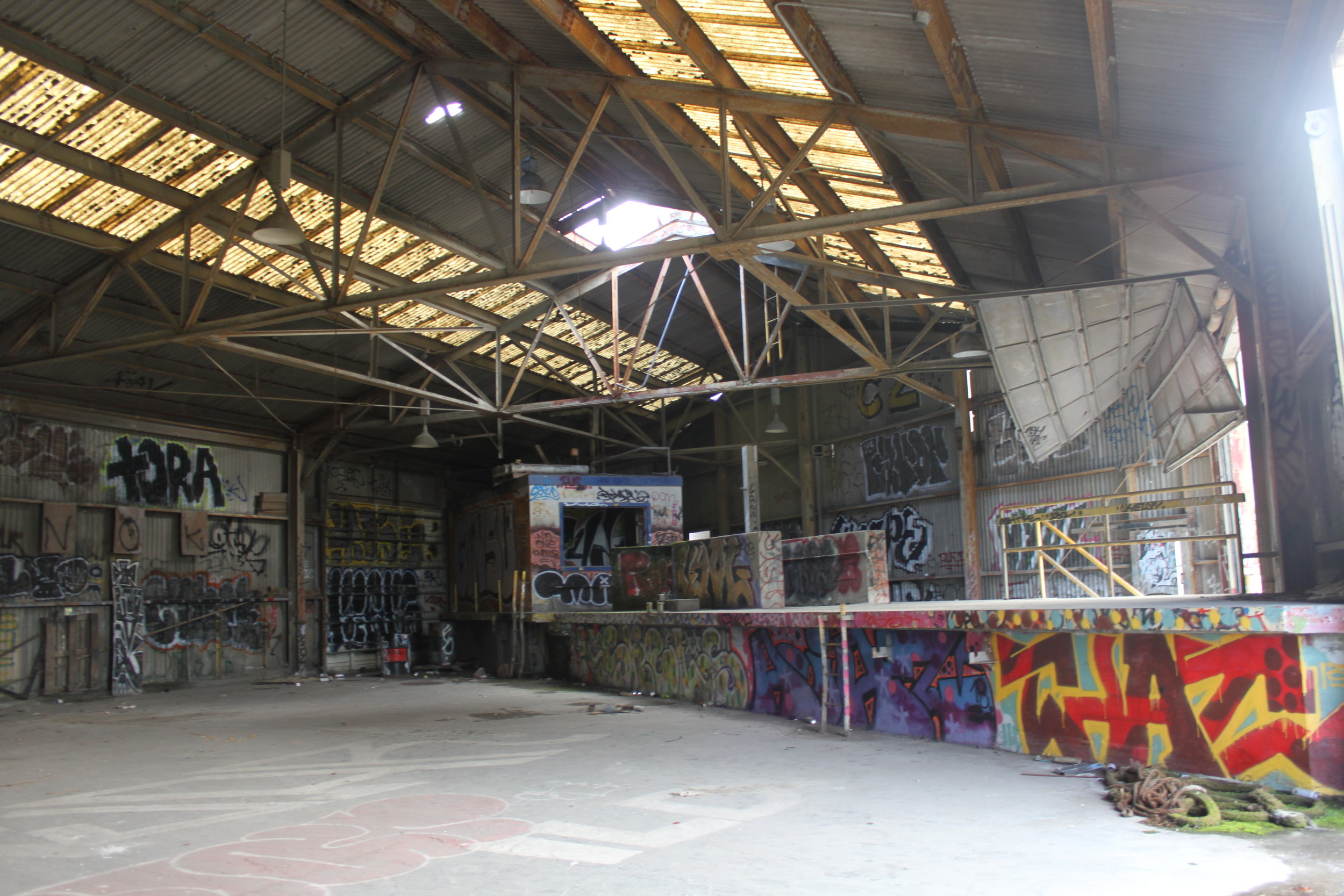
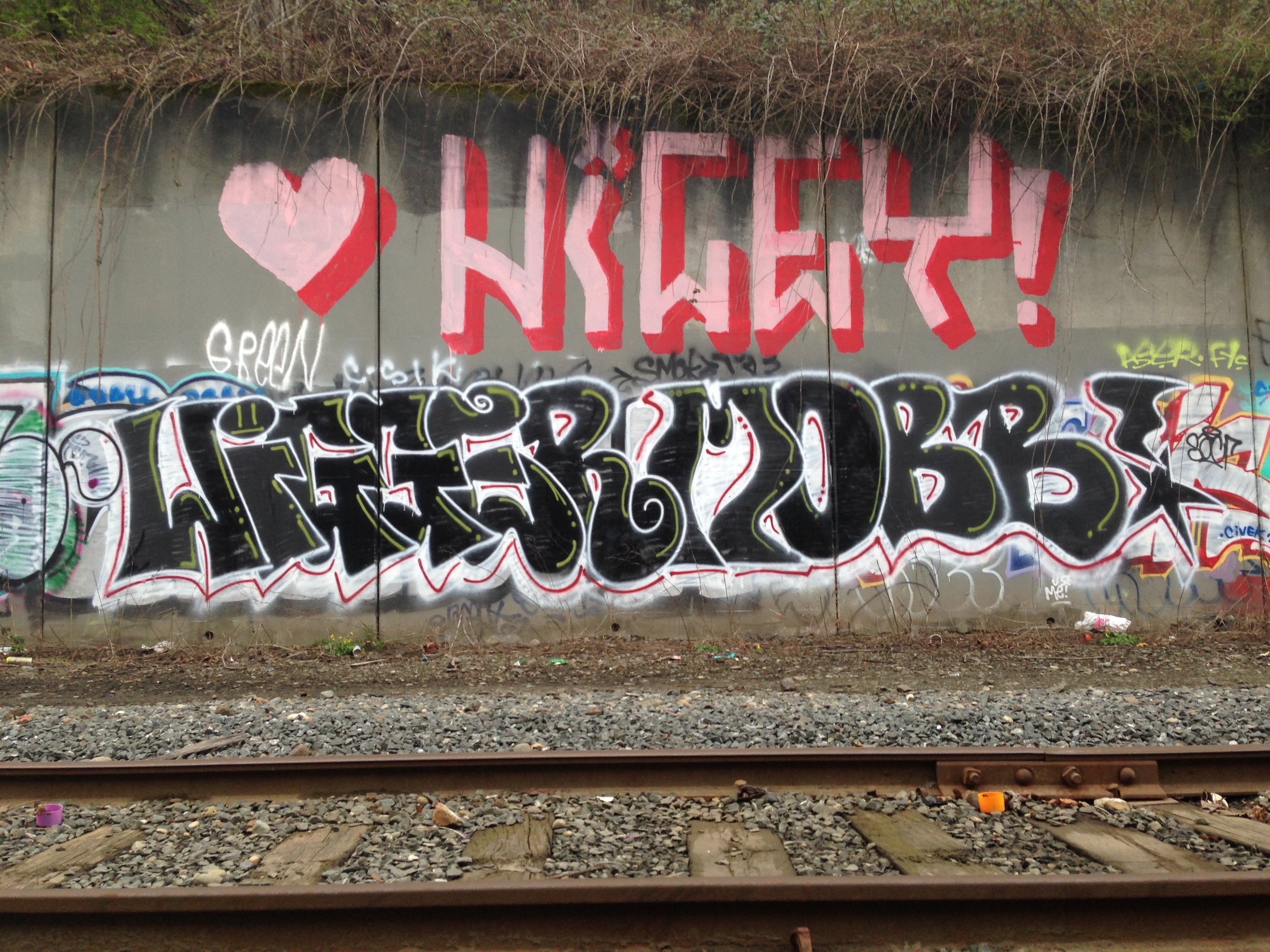
The City of Seattle manages graffiti reporting, abatement, and removal primarily through the Graffiti Prevention Program housed within Seattle Public Utilities. Seattle’s Graffiti Nuisance Ordinance was adopted in 1994 and requires property owners to remove graffiti within 10 days of a report, or the property owner will receive a notice of civil violation and directed to appear before the City's Hearing Examiner. The Hearing Examiner can fine the property owner up to $100 per day (with a maximum of $5,000) if the graffiti is not removed. Like many cities, Seattle has a 24-hour Graffiti Report Line and online reporting system. Additionally, the City’s Adopt-a-Street program organizes volunteers to participate in “Paint Outs,” which are periodic community graffiti removal events. In 2009 (the last publicly reported statistic), the City of Seattle spent $1.8 million. Additionally, the King County Metro Transit that spent another $734,000 in 2009 removing graffiti from transit property.
In 2009, at the request of City Council, the City conducted a research study to examine how the City handles graffiti removal, prosecutes offenders, and educates the public about graffiti. Part of this research was a web survey conducted with 900 Seattle residents, businesses and organizations. Surveys of this type about the public’s perceptions and opinions of graffiti are rare. The survey found that public views on graffiti are mixed, with 49% saying that graffiti was “a medium to very big problem,” 21% saying it was “a small problem,” and 39% saying graffiti was “not a problem” at all.
This graffiti report made nine recommendations to the City. Adding “stickering” as a form of graffiti was at the top of that list. In response to this recommendation, the advocacy community group Graffiti Defense Coalition was formed. These activists fought against the adaptation of this new policy and successfully blocked the addition of stickers into the graffiti code. Read more about the community's reaction to this report here.
Another report recommendation was to hire a dedicated police detective to apprehend and prosecute graffiti offenders as part of a two-year pilot project. This recommendation resulted in the hiring of Christopher Young in 2011, who continues to work as Seattle’s sole graffiti detective in 2016. Interestingly, Detective Young also runs the website Graffipedia.org, which aims to be “a training aid for other graffiti investigators.” On this website, Young reports that in 2012 there were 181 identified graffiti suspects in Seattle, of which 71% were adults, with an average age of 23. Young also reported that only 1% of graffiti in Seattle is gang-related. This statistic suggests that association between graffiti and gangs is a myth, and the fear that they public has that graffiti is a signal of criminal activity in a neighborhood is unfounded. This is also perplexingly quite lower than 12-15% of gang-related graffiti reported in Portland. Seattle is a much larger city, so you would expect that it has more gang activity than Portland. This dramatic difference calls into question the methodology used to track and report graffiti statistics, which is not systematic or disclosed.
The City also conducted a systematic, single-day, physical count of graffiti in four sample areas in two Seattle neighborhoods and documented 556 instances of graffiti including 551 common tags (five of which appeared to be gang-related). It was found that public property was nearly twice as commonly tagged as private property, with traffic/street signs, utility poles, and pay stations as common targets.
Seattle is famous for its free spaces for graffiti and wheatpastes.
Post Alley, Pike Place Market
The Pike Place Public Market Historic District is a distinctive collection of early twentieth century commercial buildings and public spaces that have evolved and functioned as a vibrant public space since August 1907. For over 100 years, this labyrinthine of angled streets and steep grades has maintained a distinctive physical and cultural character. One of the main points of interest of Pike Place, for both locals and visitors alike is Post Alley, named for the Seattle Post, which used to be located at the alley's southern end. This narrow alley passage is famous for its gum and wheatpaste art wall. The gum tradition began in 1993 by patrons of a nearby theatre. It is unclear how long the wheatpaste art wall has existed (please email PSAA if you have data on this history), but it's past is likely intertwined with the historic tradition of pasted city notices and advertisements, especially considering this is a high-traffic corridor once occupied by a newsprint company. With both the gum and wheatpastes, the Pike Place Market management and the City of Seattle police takes a “hands off” approach to these public interventions, allowing and even somewhat encouraging freedom of speech and expression in these spaces (likely due to the obvious tourist-draw). Over the years, the gum has spread quite a bit. So much so local street artists have attempted to clean the gum off the art side of the alley, even spraying stenciled signs saying to please not to put gum on this side of the wall, but to no avail. Even though the City of Seattle's sanitary department cleans off some of the gum bi-monthly, in 2015, they undertook a multi-day process of completely cleaning off both walls. Within hours of being clean the gum started to re-appear and artists from all over the pacific northwest descended upon the alley to reclaim the art space with their wheatpastes. For the foreseeable future, Post Alley is one of the United States most open and accessible public art spaces.
Since the 2010 report, alot has changed in the Seattle street art graffiti art scenes.
SEATTLE HAS BEEN THE HOME OF AMAZING ARTISTS FOR SOME TIME, BUT UNTIL RECENT YEARS THE SKYLINE HAS LACKED THE TYPE OF LARGE SCALE MURALS THAT LANDMARK OTHER CITIES OF CULTURE AROUND THE WORLD. SEVERAL ORGANIZATIONS AND PROJECTS HAVE WORKED TOGETHER TO CHANGE THAT.
Urban Artworks
Urban Artworks is a Seattle-based 501(c)(3) nonprofit organization that provides opportunities for contemporary artists and local youth to work together to create public works of art. Since 1995, they have collaborated with more than 2,000 youth to bring art to public and private spaces throughout Seattle neighborhoods. They have organized murals by internationally renounded artists such as Insa, Erik Burke, and Devin Liston and local Seattle-based artists such as Mary Iverson, John Sarkis and Kyle Martz. You can find their murals all around the city. They are also well-known for their successful utlity singal box project in along Broadway and in Fremont.
Seattle Mural Project & Graffiti Defense Coalition
In 2014, the Seattle Mural Project brought murals by NoseGo and Ellen Picken to Seattle to paint as part of this city-sponsored project. This mural project was locally managed by the founders of the Graffiti Defense Coalition, a grassroots organization working for policy that supports street art.
SODO Track
The SODO Track, which runs along the public transit corridor is a unique mural project that asks artists to explore one theme side by side – motion, speed, progression – to reflect the experience of its viewers. Artists from Seattle and around the country, together with international talent are painting large-scale murals to mark the portal to Downtown Seattle as an imaginative raceway of art in motion. The team making this happen includes 4Culture, Gage Hamilton (director of Portland's Forest for the Trees project), SODO BIA, and Urban Artworks.
TUBS [Demolished 2014]
For 7 years, the former 104-year old building known as TUBS sat vacant at the corner of 50th and Roosevelt in the University District, amids a bustling urban neighborhood. In 2009, the building owner thought it's demise was near, so they invited graffiti artists to use the 12,000-square-foot space as a canvas for their art and expression in the meantime. The owner wanting to provide the community an "ephemeral and evolving" piece of curated street art. Over time, the space opened up even more to other artists, and it essentially became a free wall and a hot spot for Seattle graffiti.
A year after the free wall began, the City had receive over 900 graffiti complaints. But the building owner fought back, citing their private property rights and community appreciation for the art. By this point, TUBS had become a tourist destination and like many graffiti meccas, served as an urban backdrop for photographers and filmmakers.
In response to the complaints, the City of Seattle said they're hands were tied and they had no power to force the owner to clean up their building. Seattle City Attorney Ed McKenna said, "Legally, we're in a difficult position. We can't force the owner to remove his graffiti, so we have pretty much have exhausted every remedy." The City of Seattle defines graffiti as "unauthorized markings." The difference with TUBS was that the building owner willingly allowed their building to become a "free wall," so the City of Seattle could not fine or penalize them for graffiti. The free wall at TUBS continued for 6 more years until 2014 when it was finally demolished to make way for a large condo building.
Like the SoDo Wall before it, the TUBS free wall was an important piece of Seattle's urban art history and unique when it comes to other cities in the U.S. For example, in neighboring Portland, OR a free wall like TUBS could never offically exist. While the City of Portland also defines graffiti as "unauthorized markings," it also requires a mural permit or waiver for any public art. So if a piece of art doesn't have a permit, the City of Portland can deem it as "graffiti" and force property owners to remove it regardless of whether or not the owner consented to the art in the first place.
